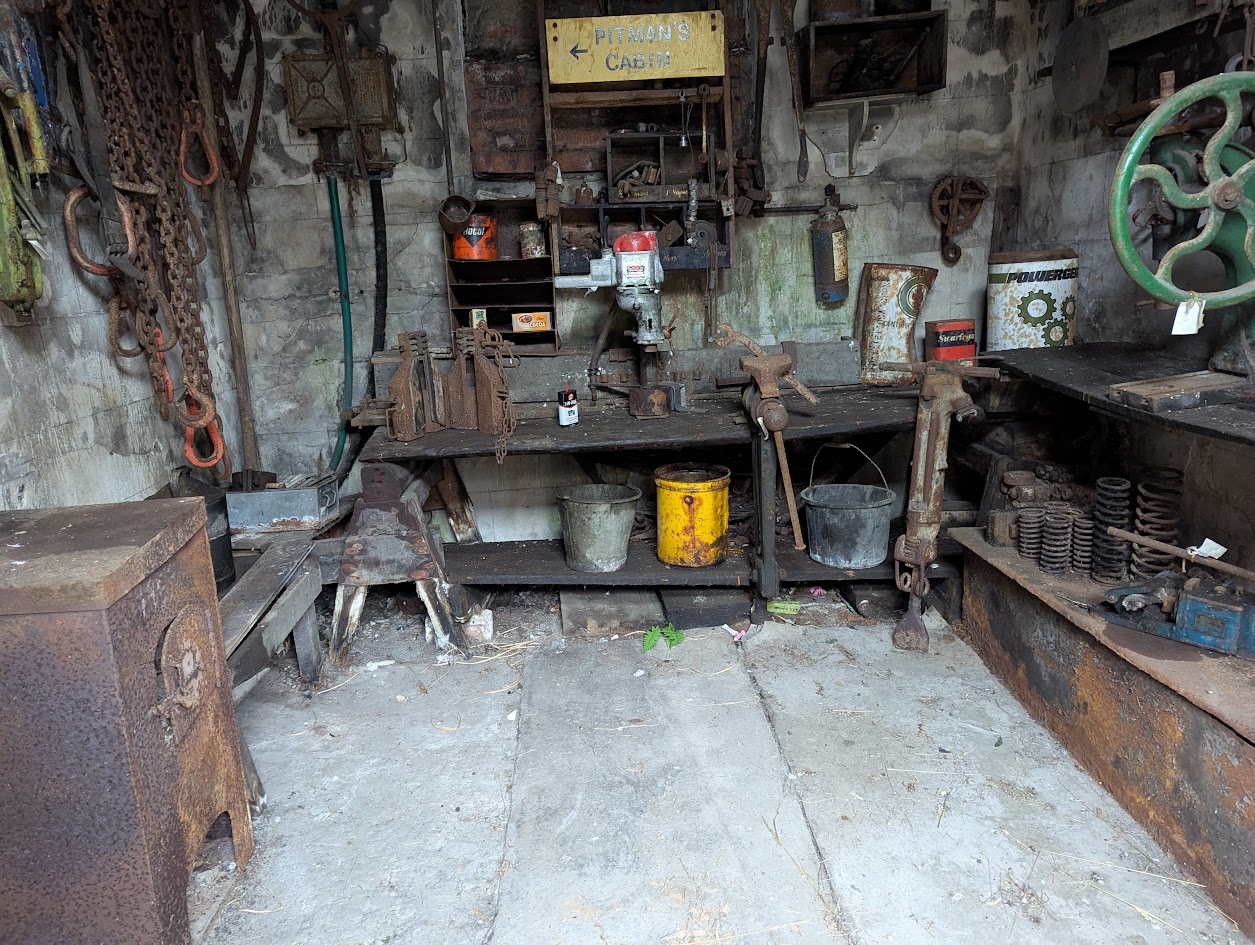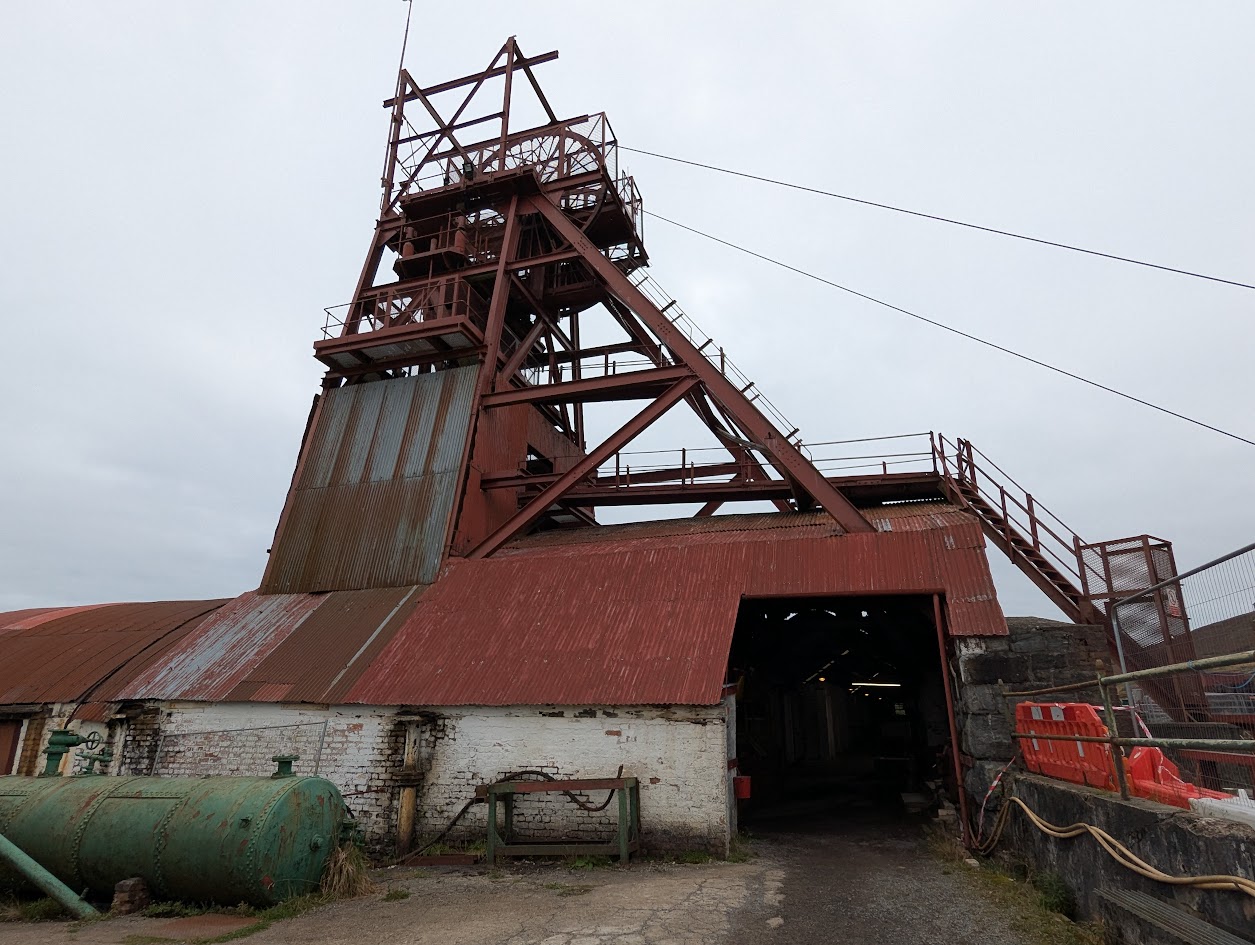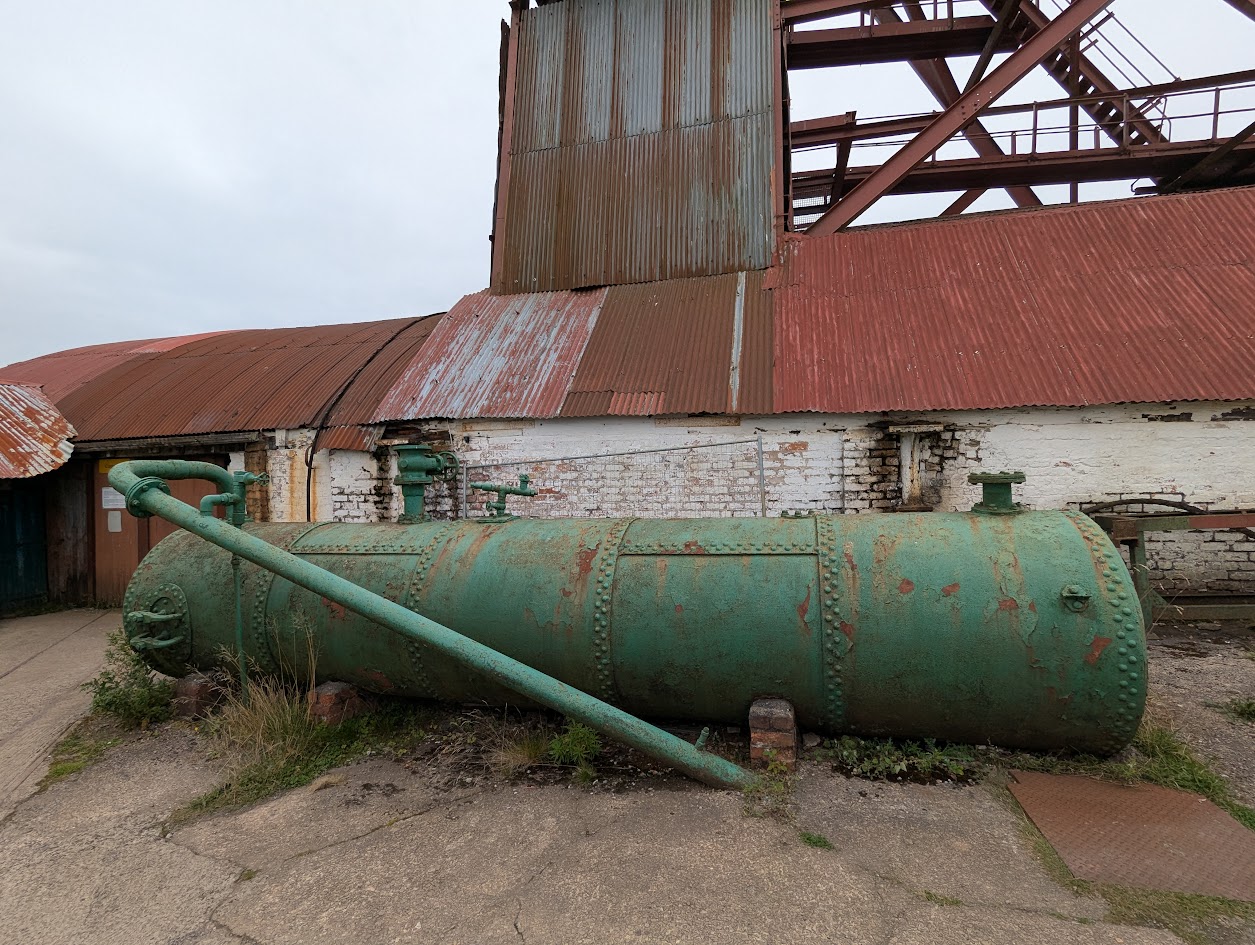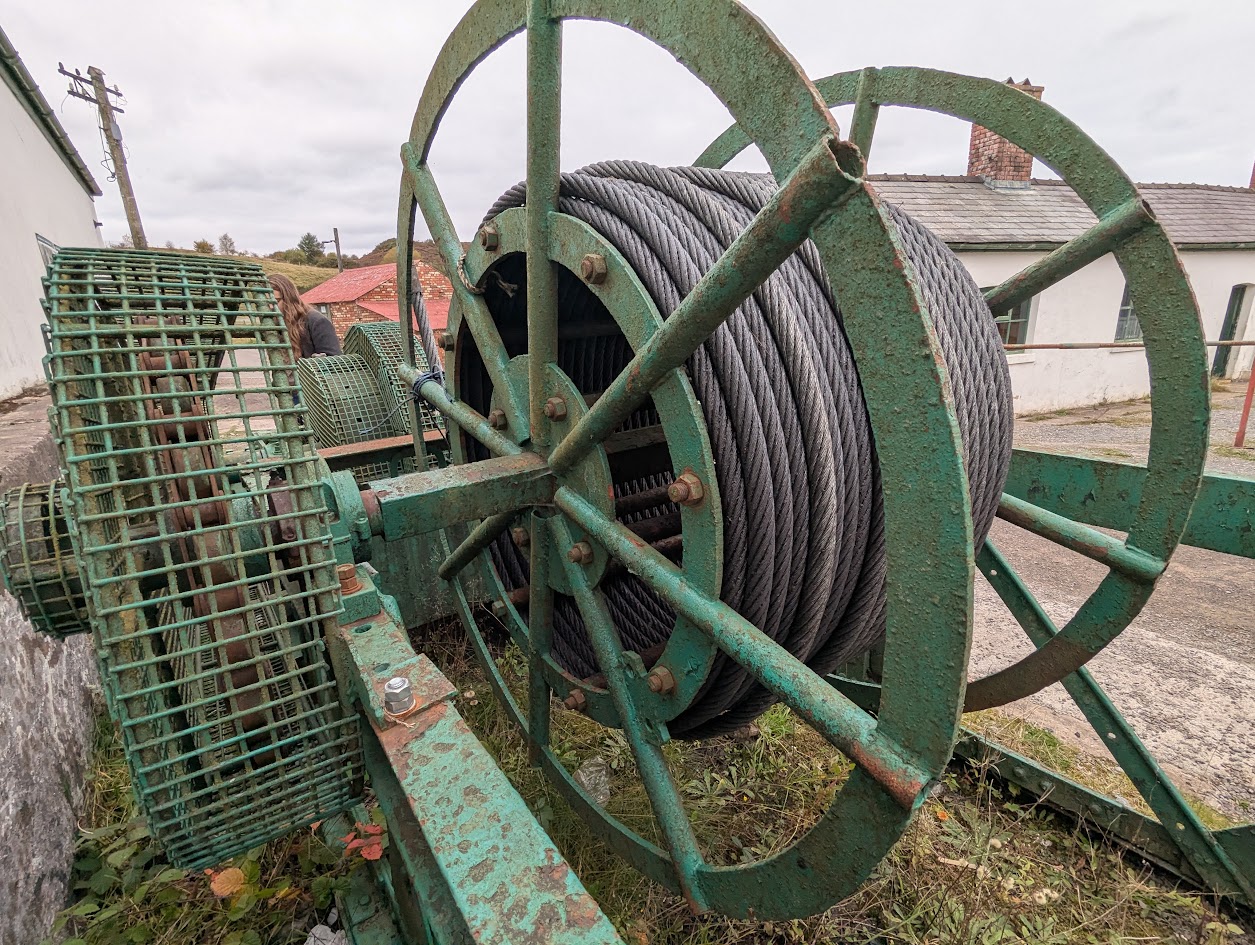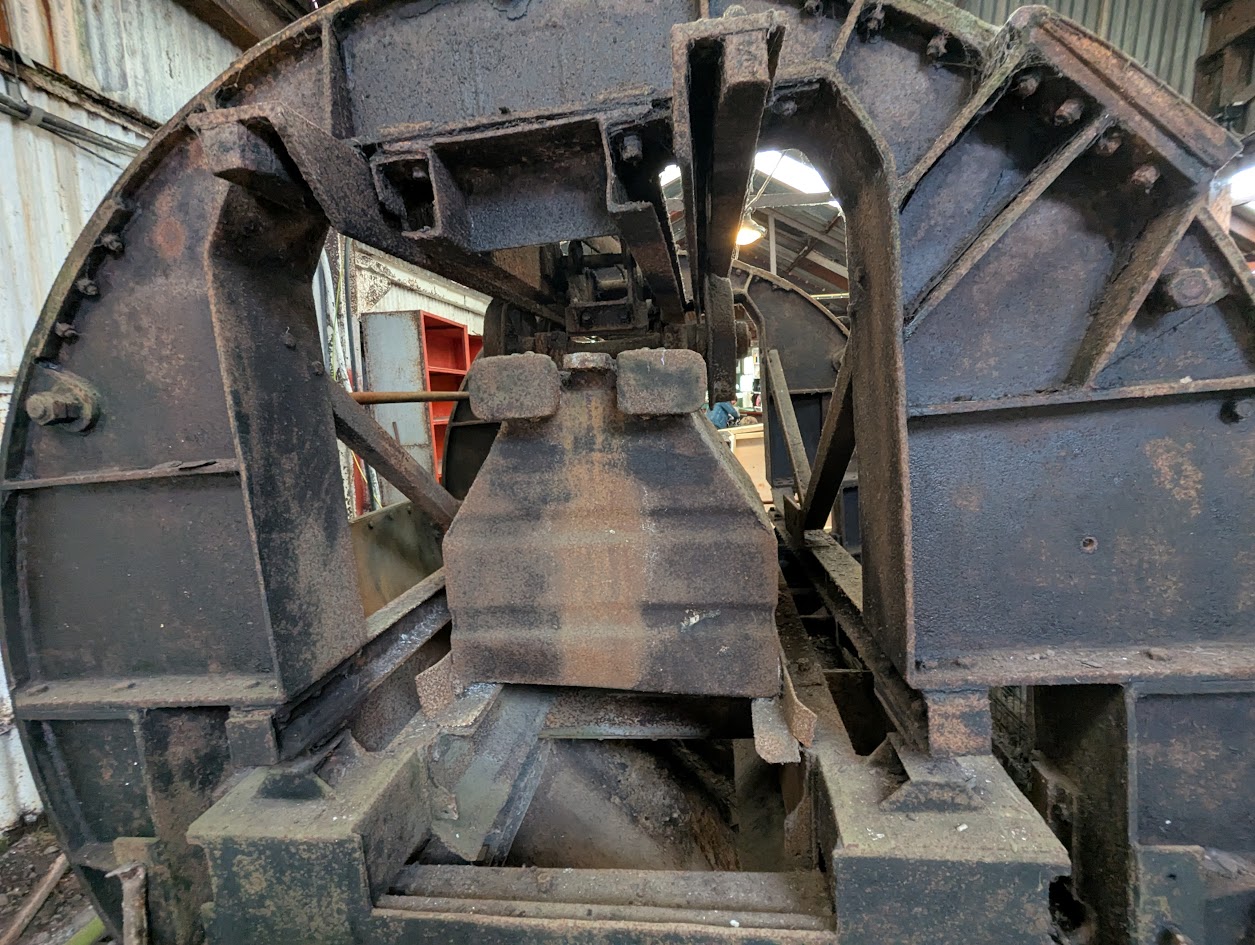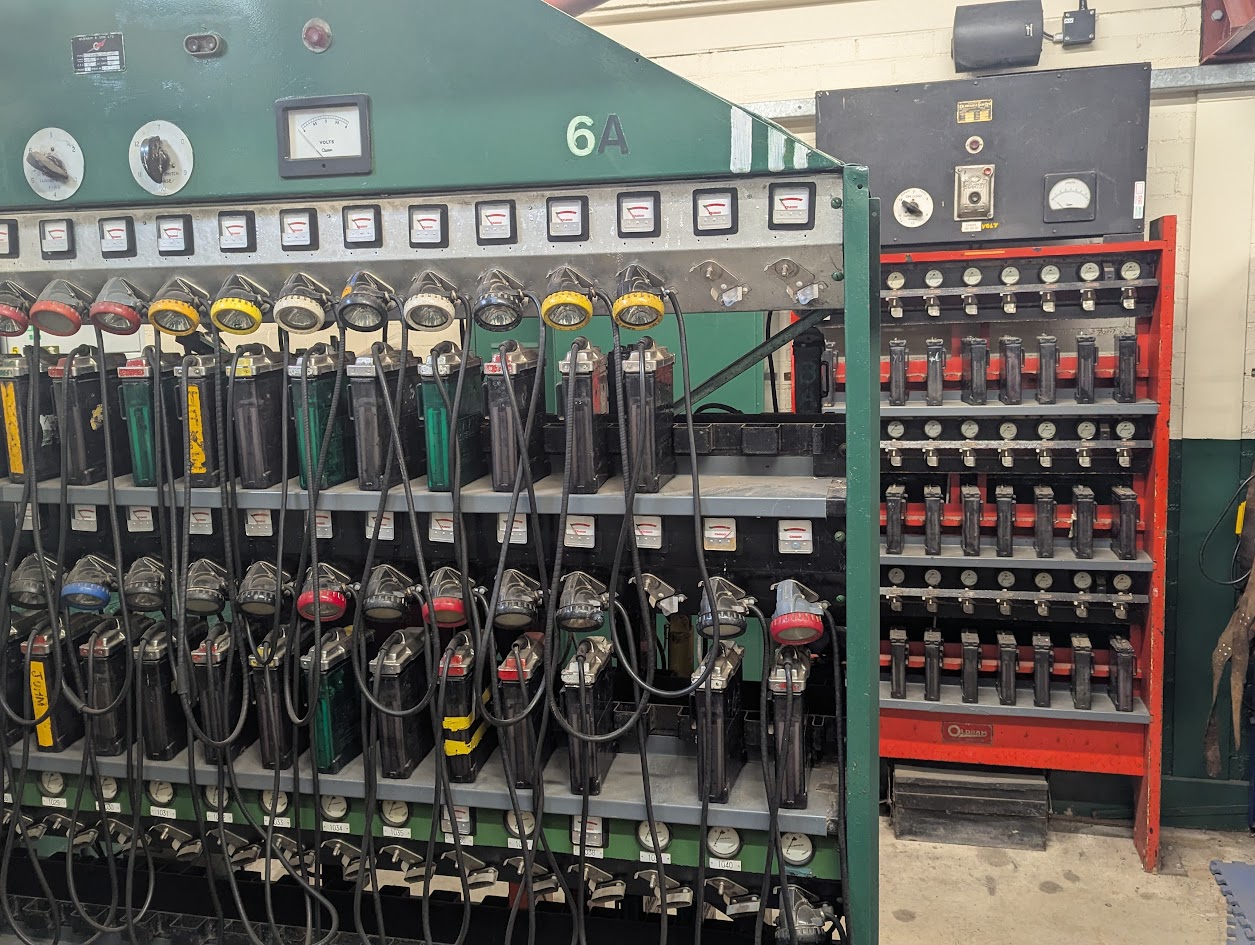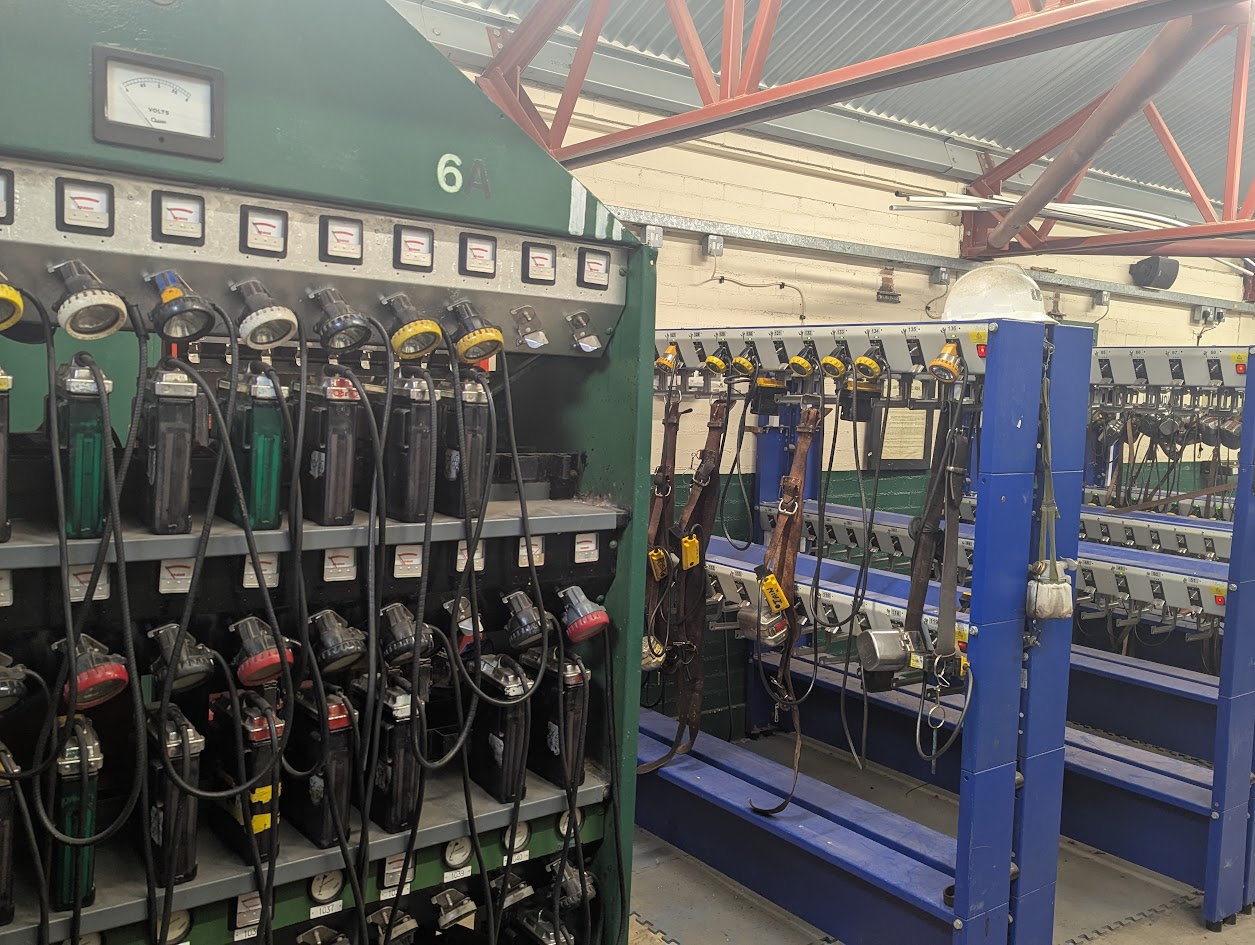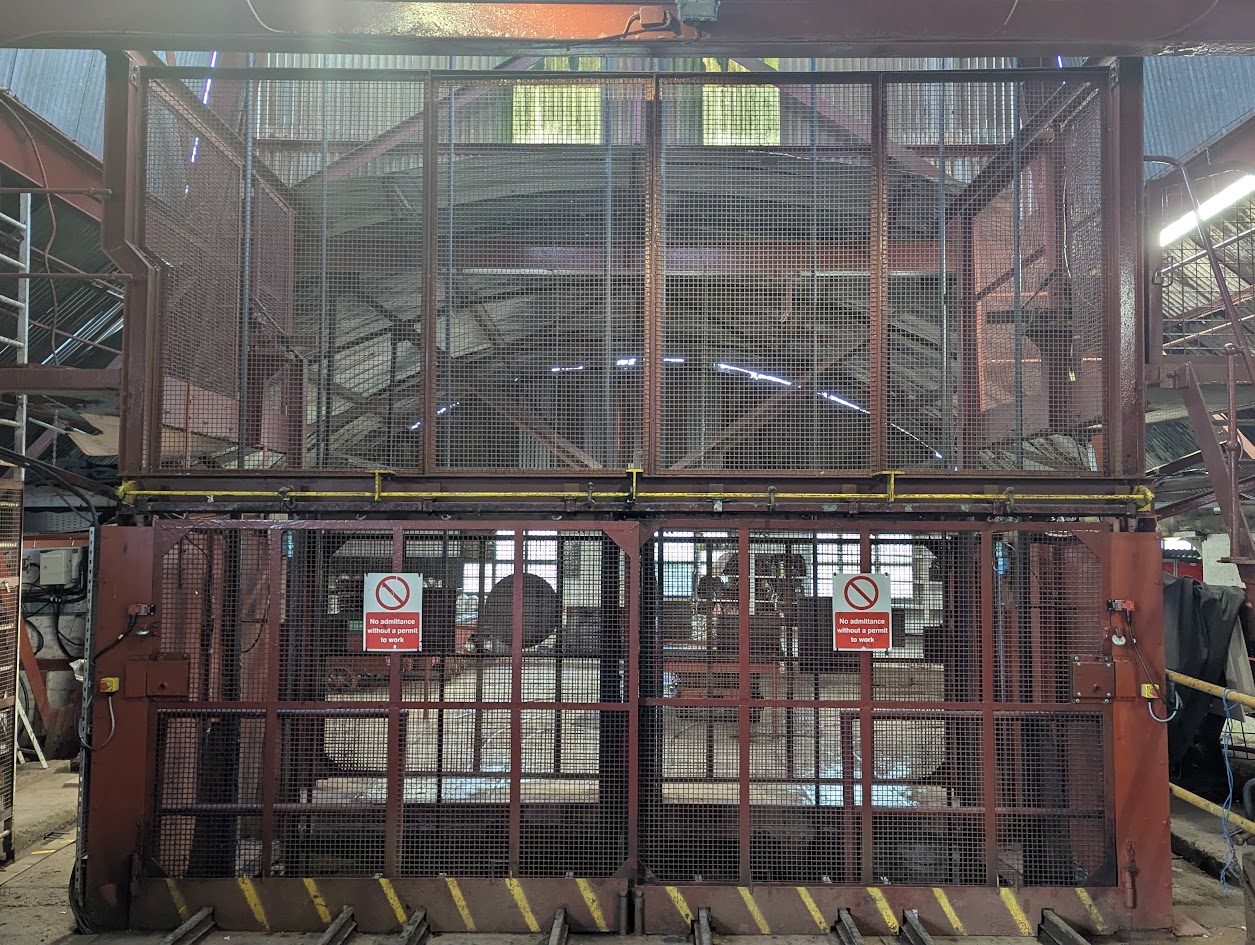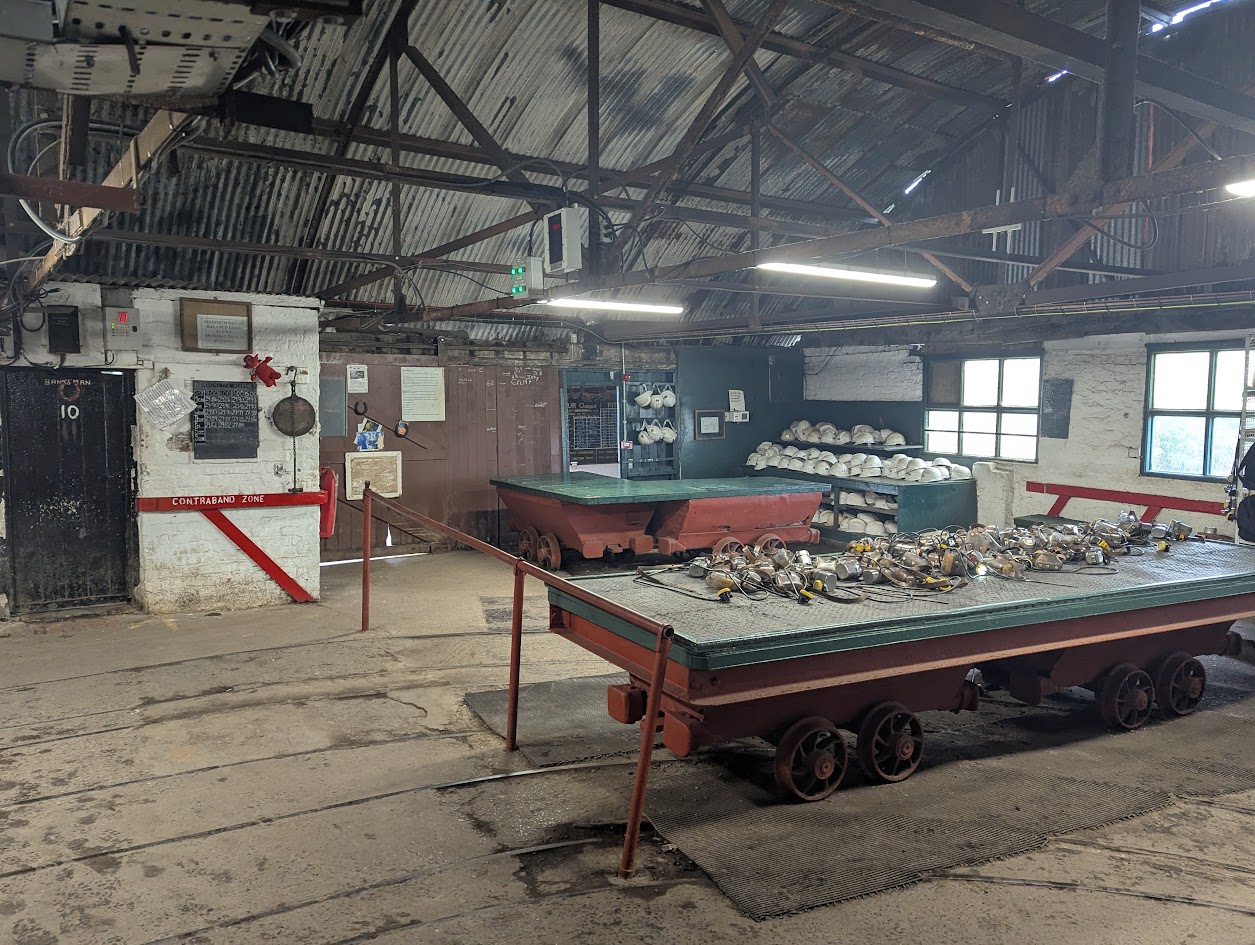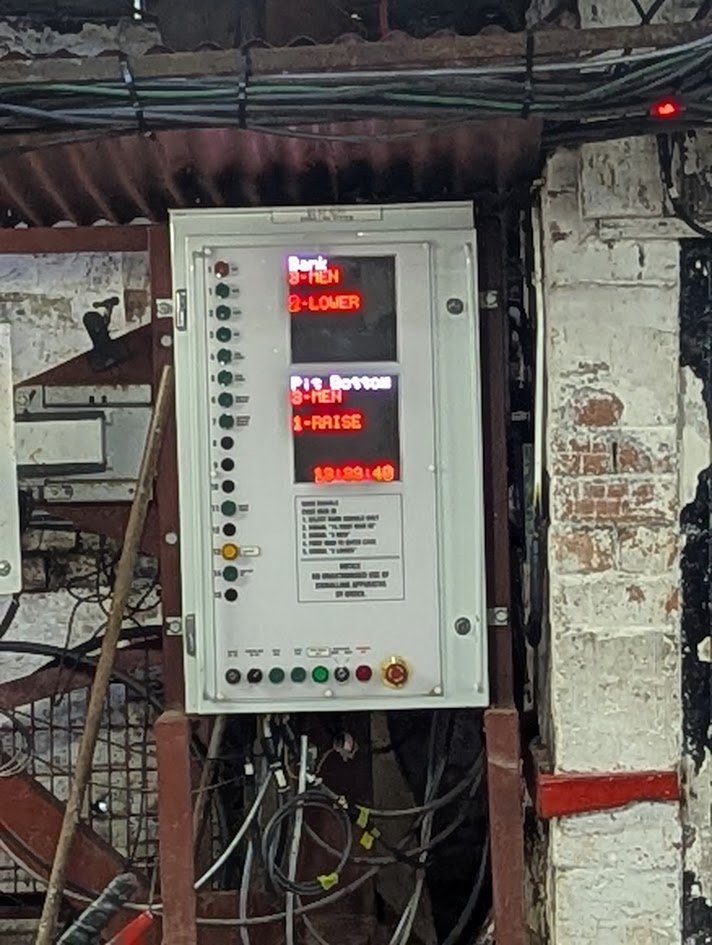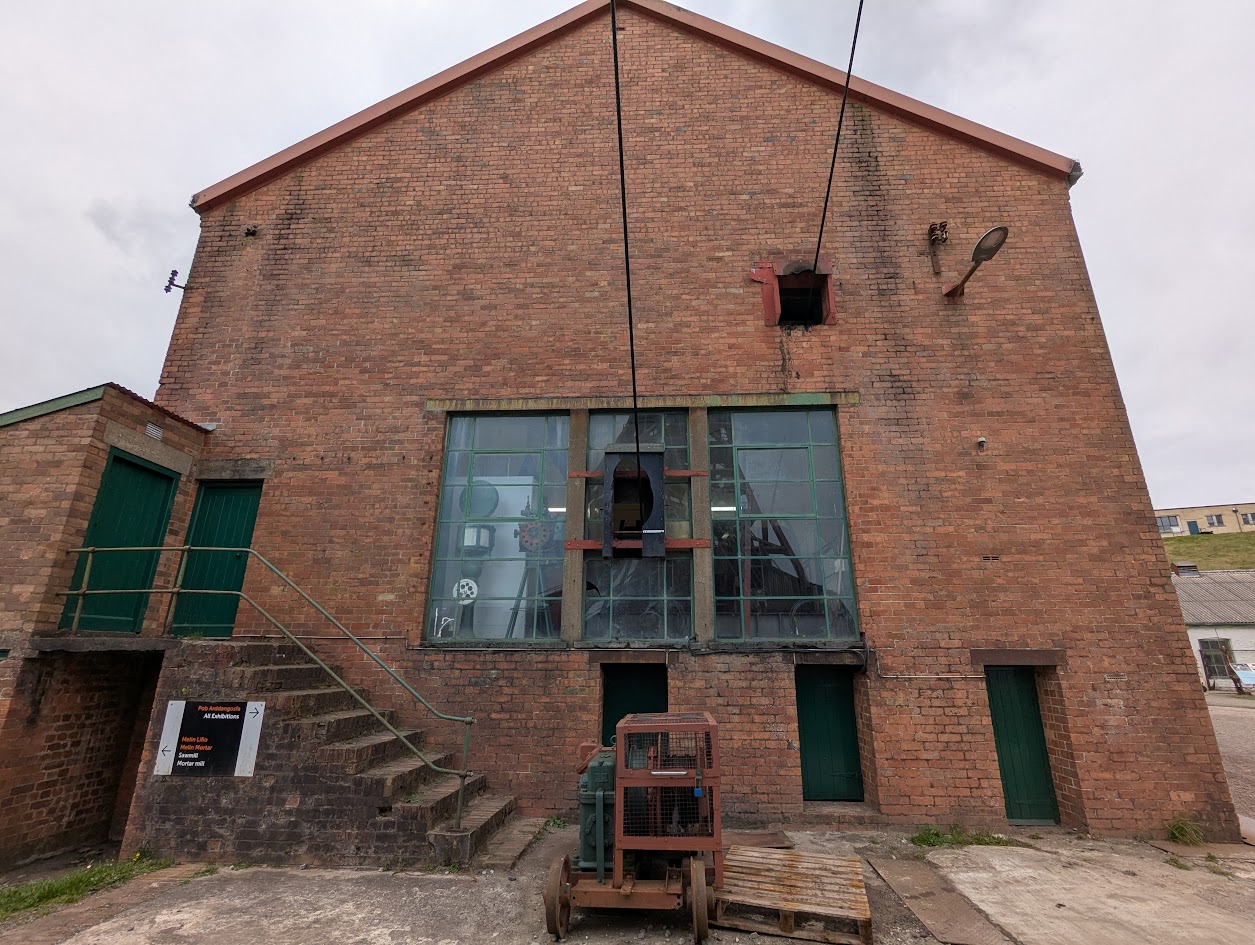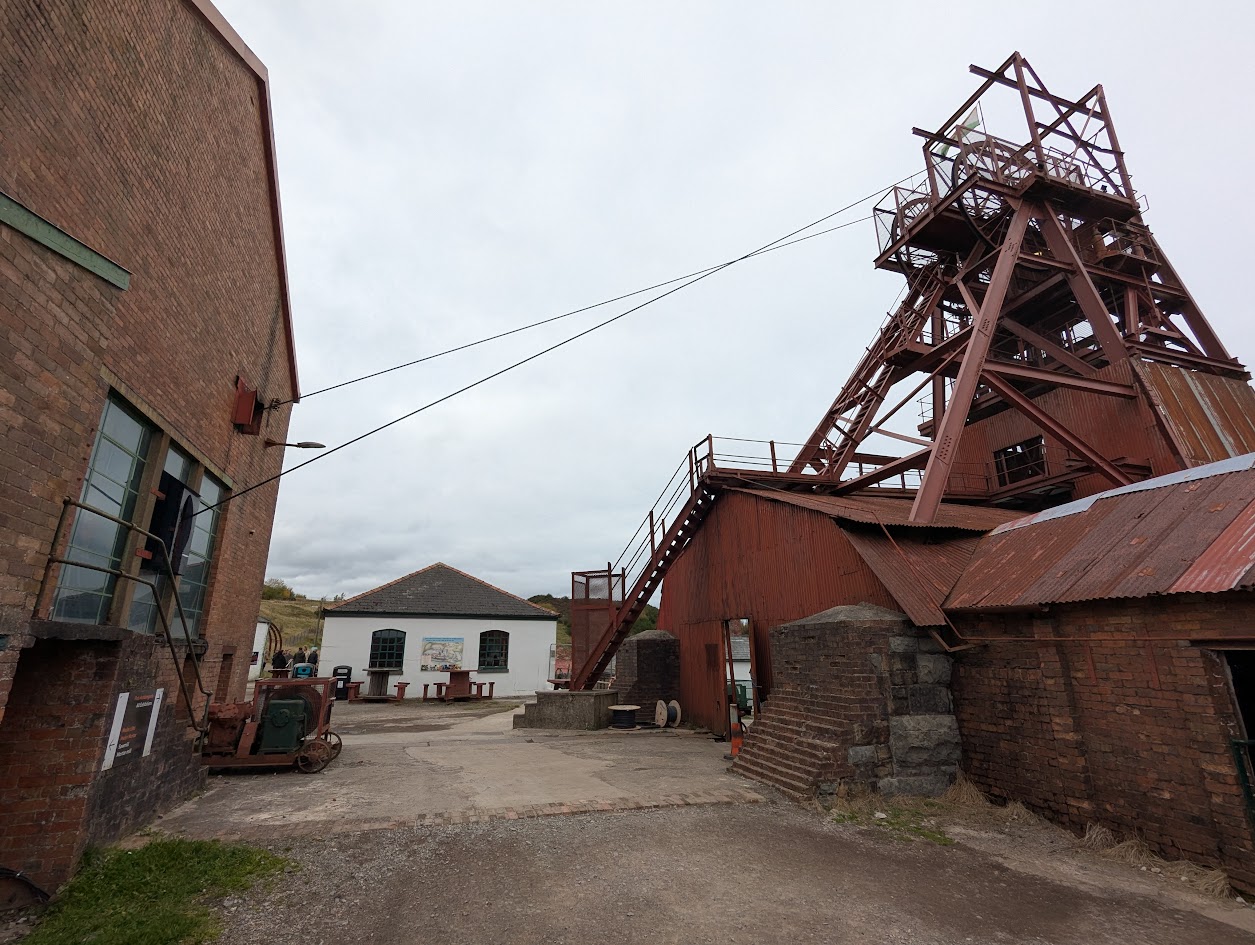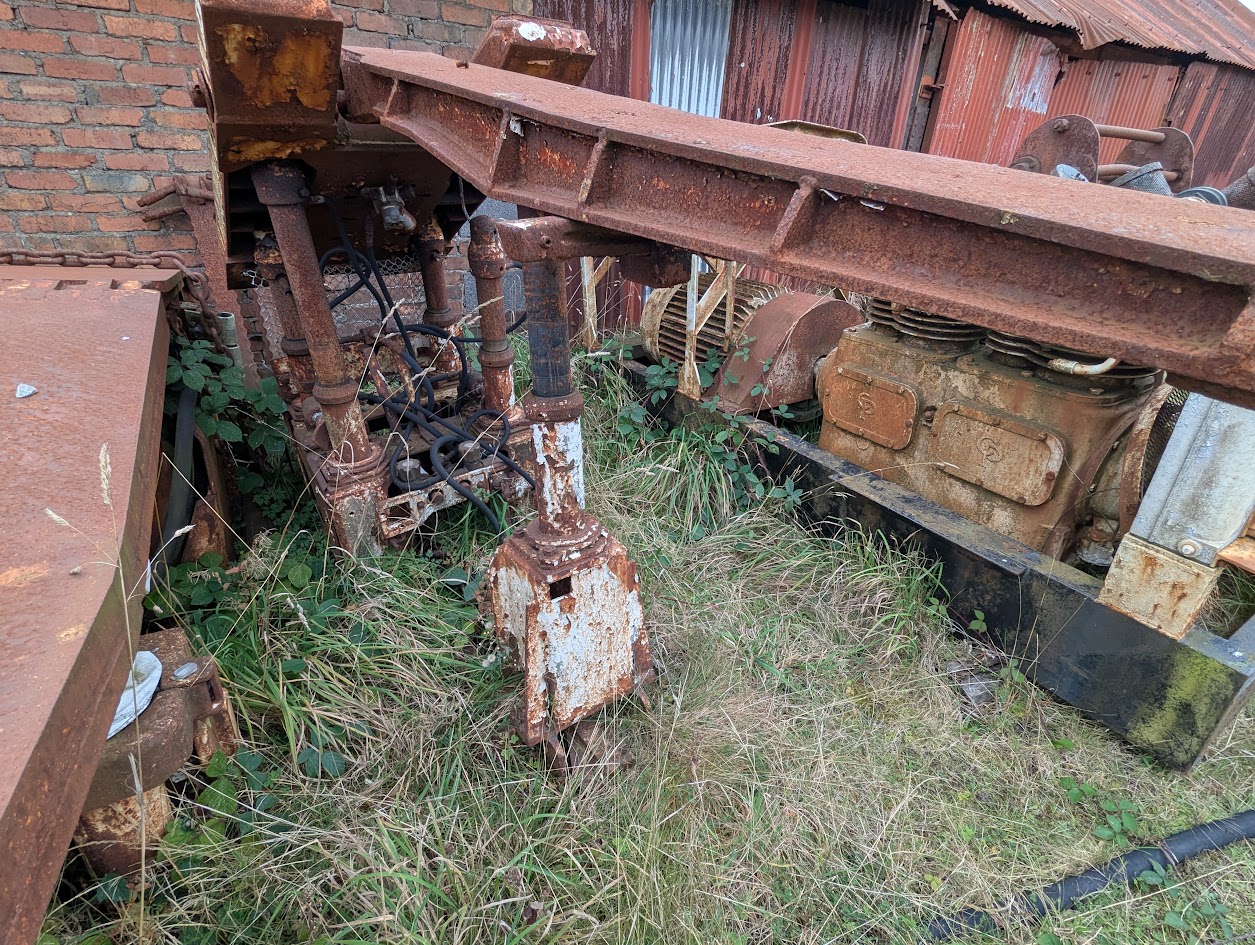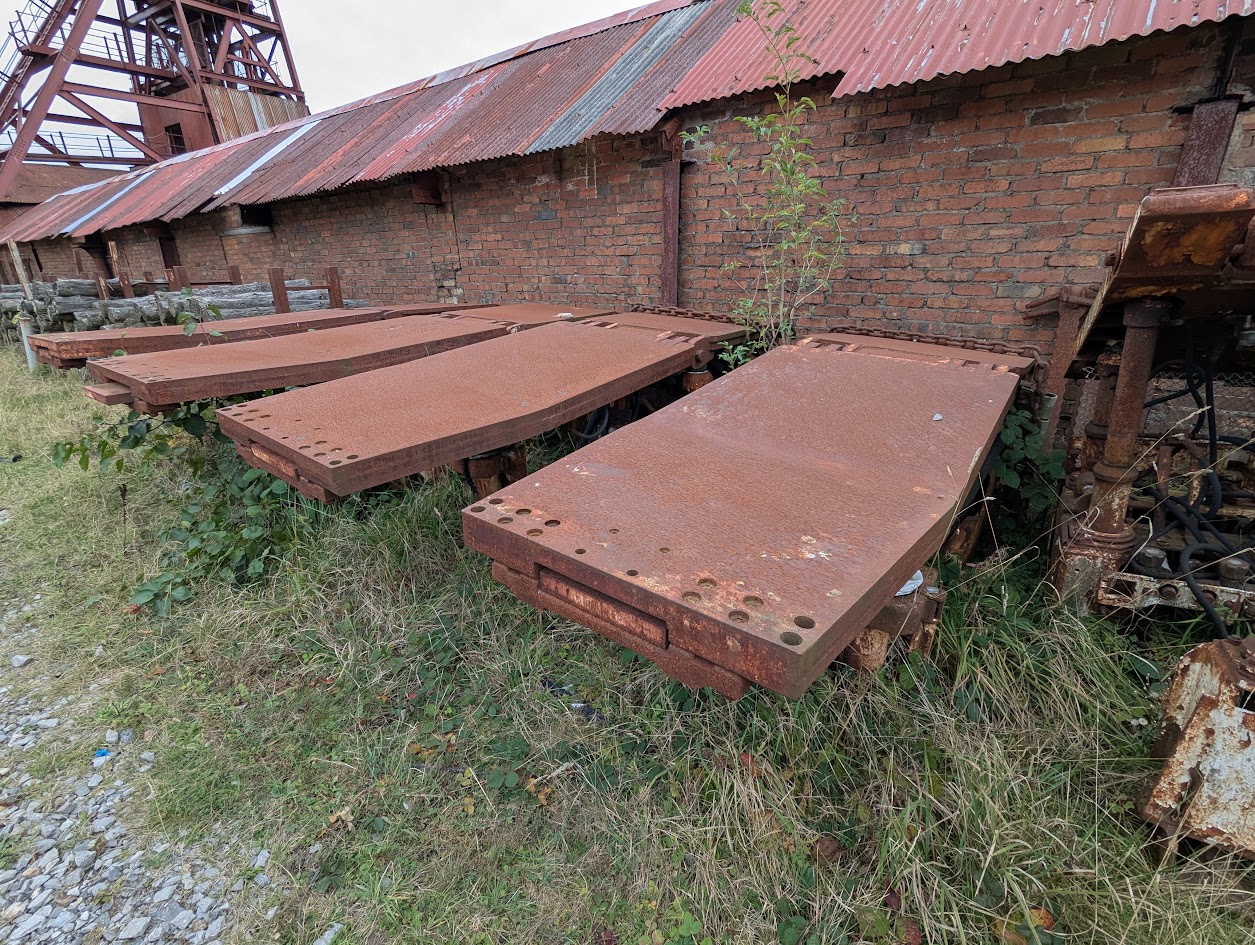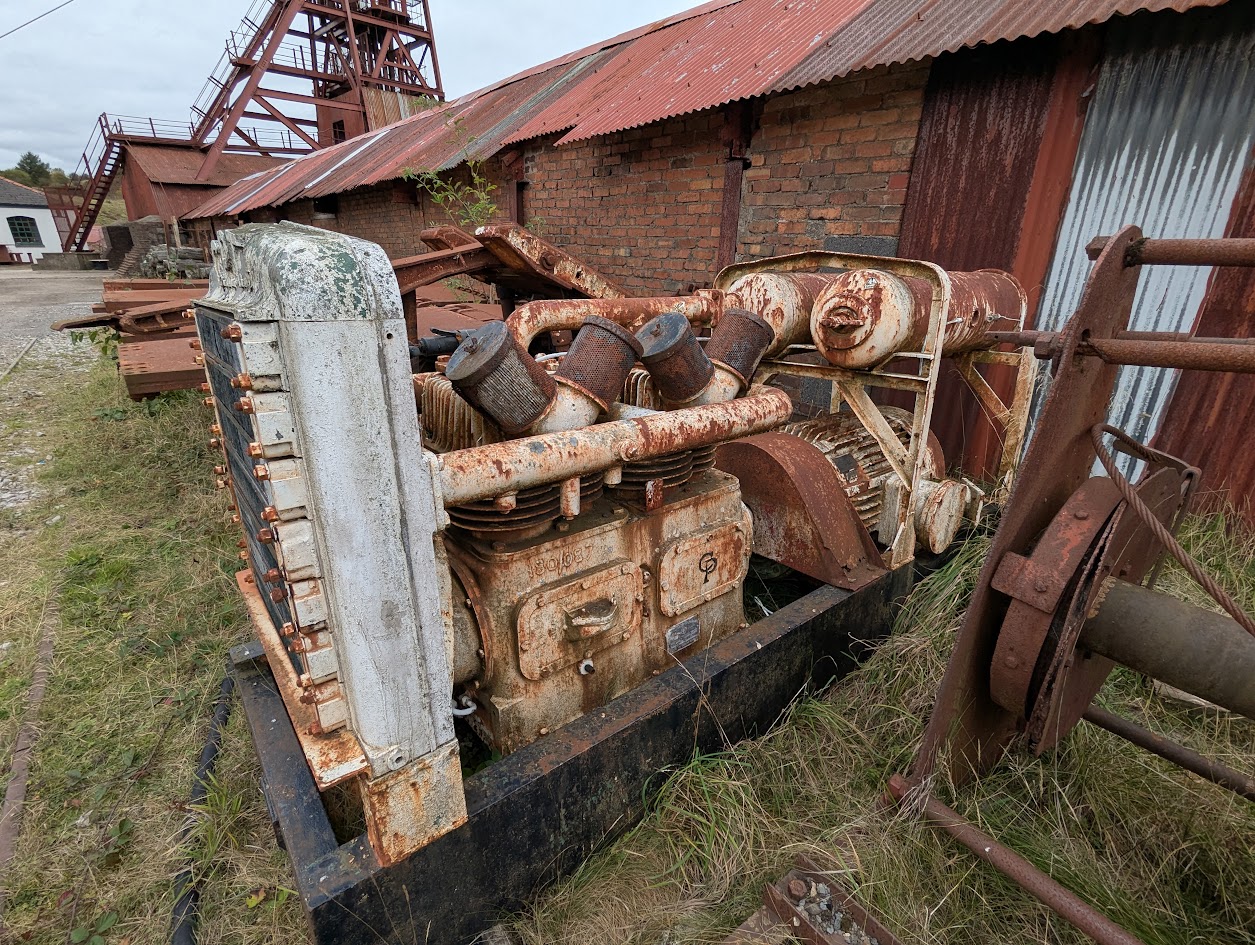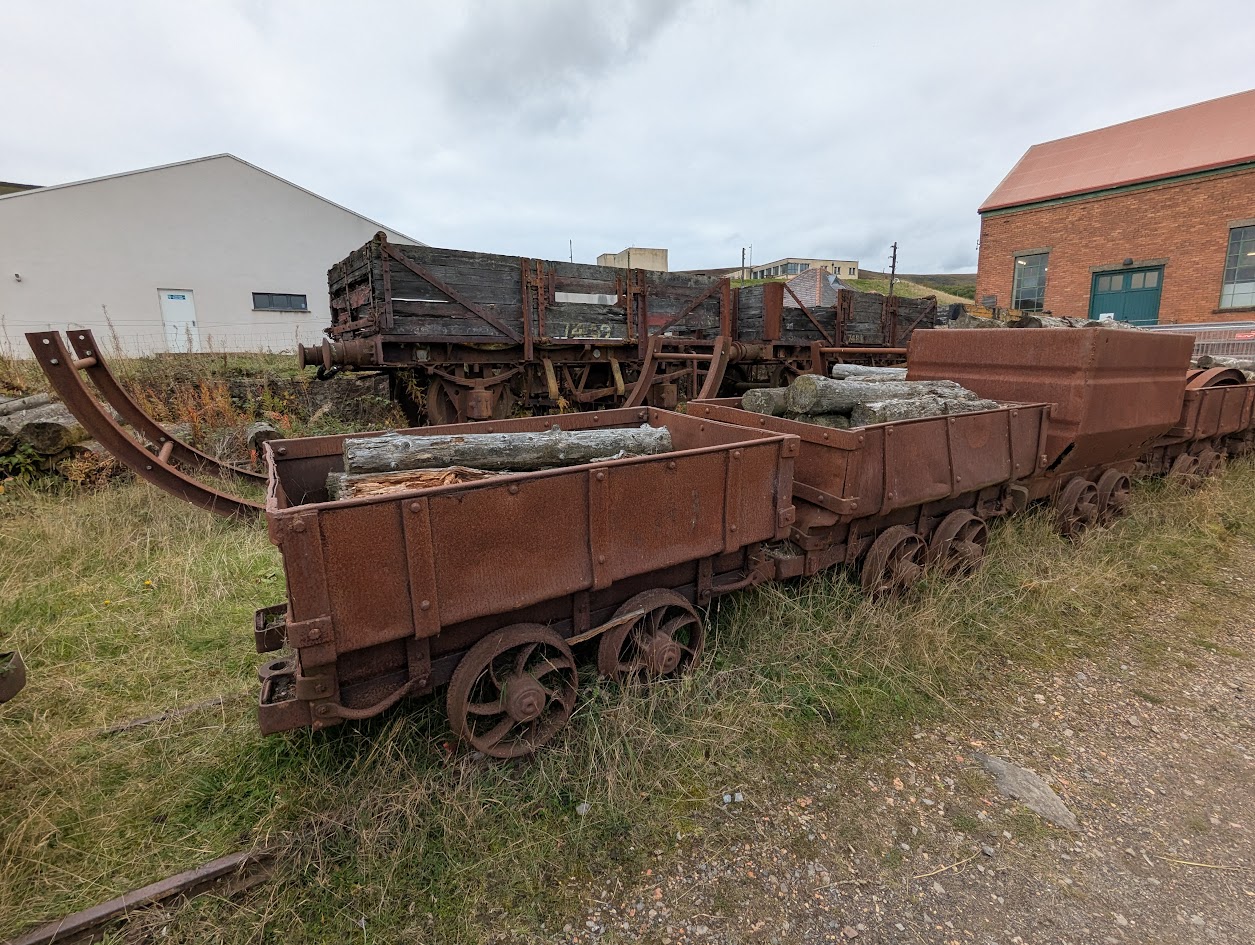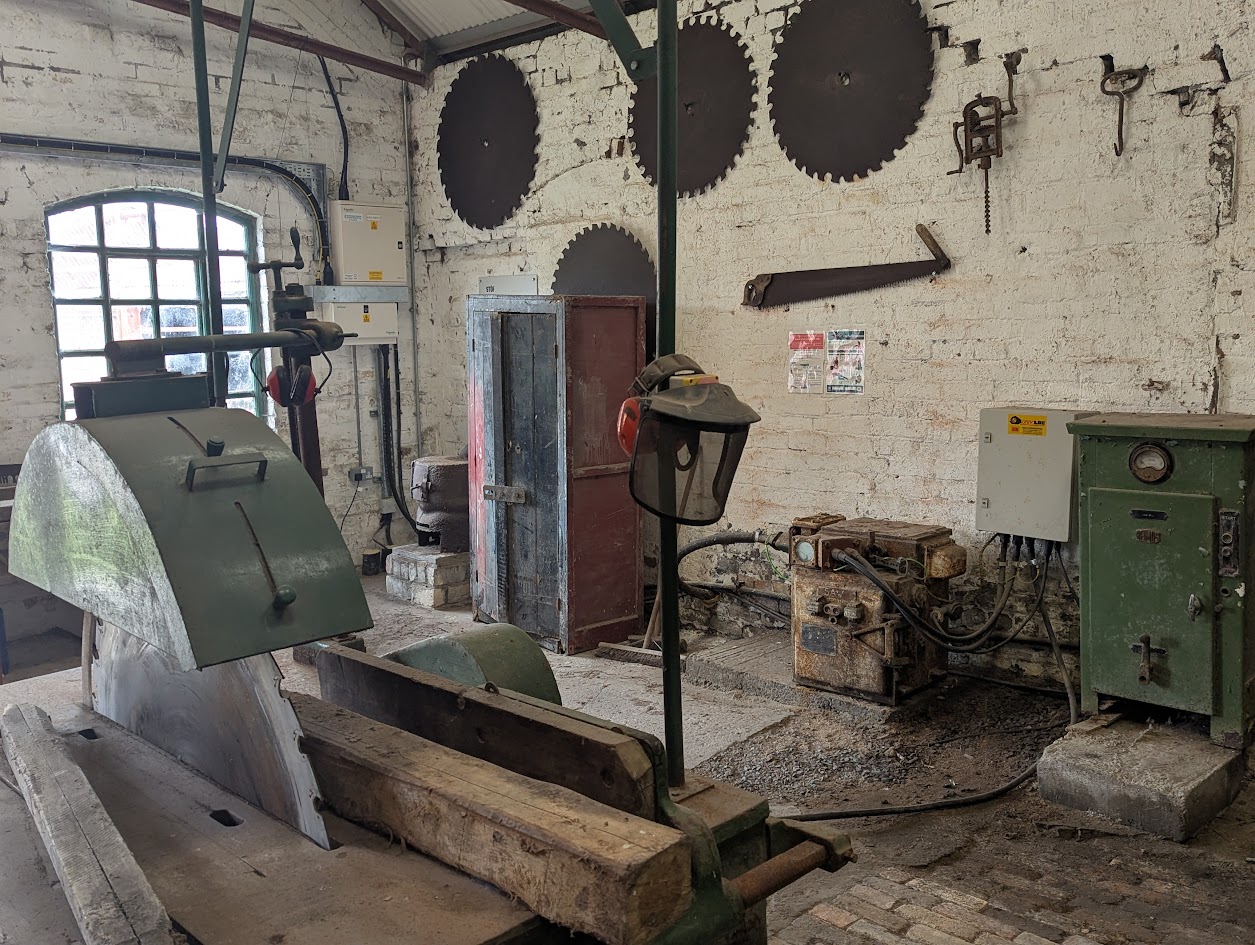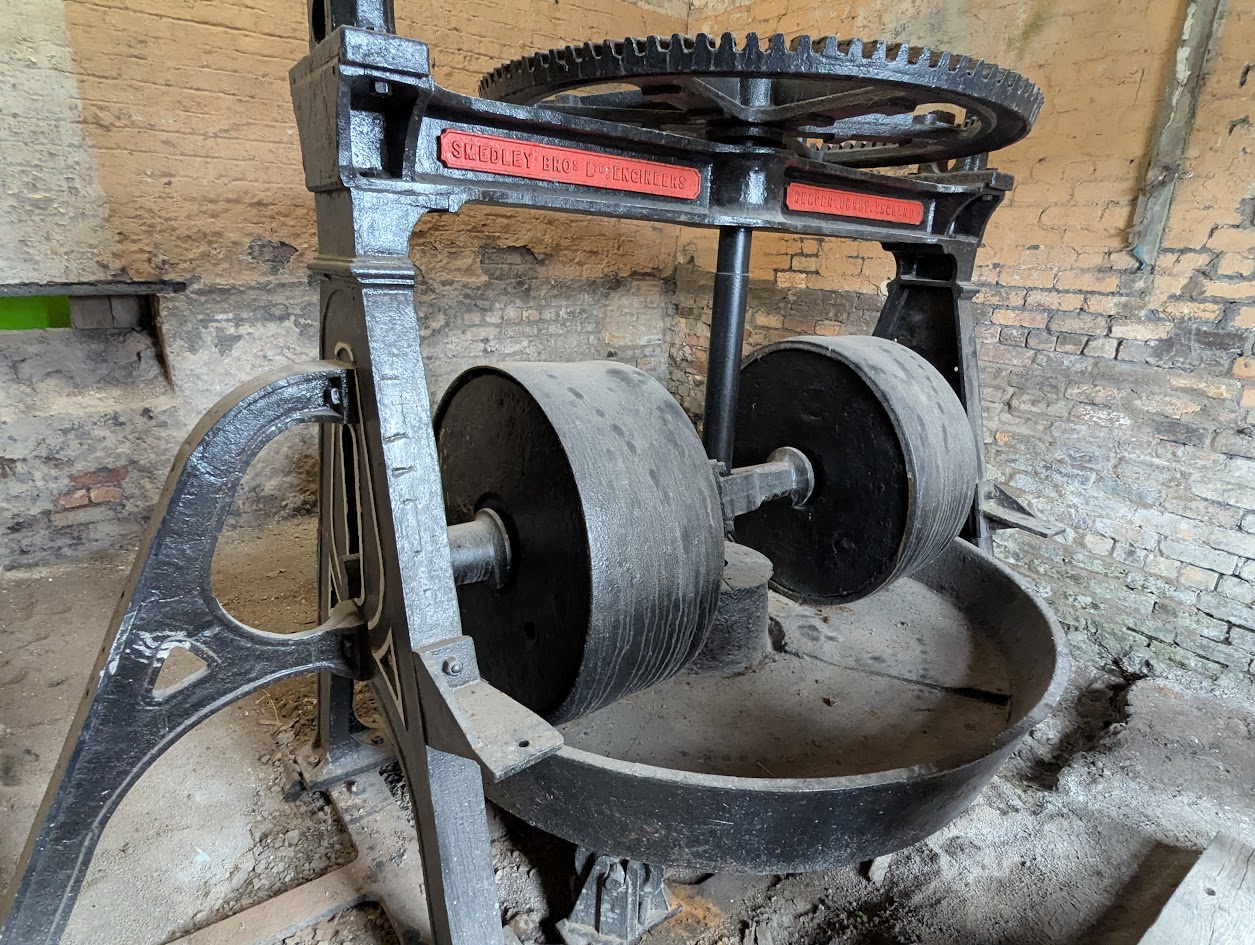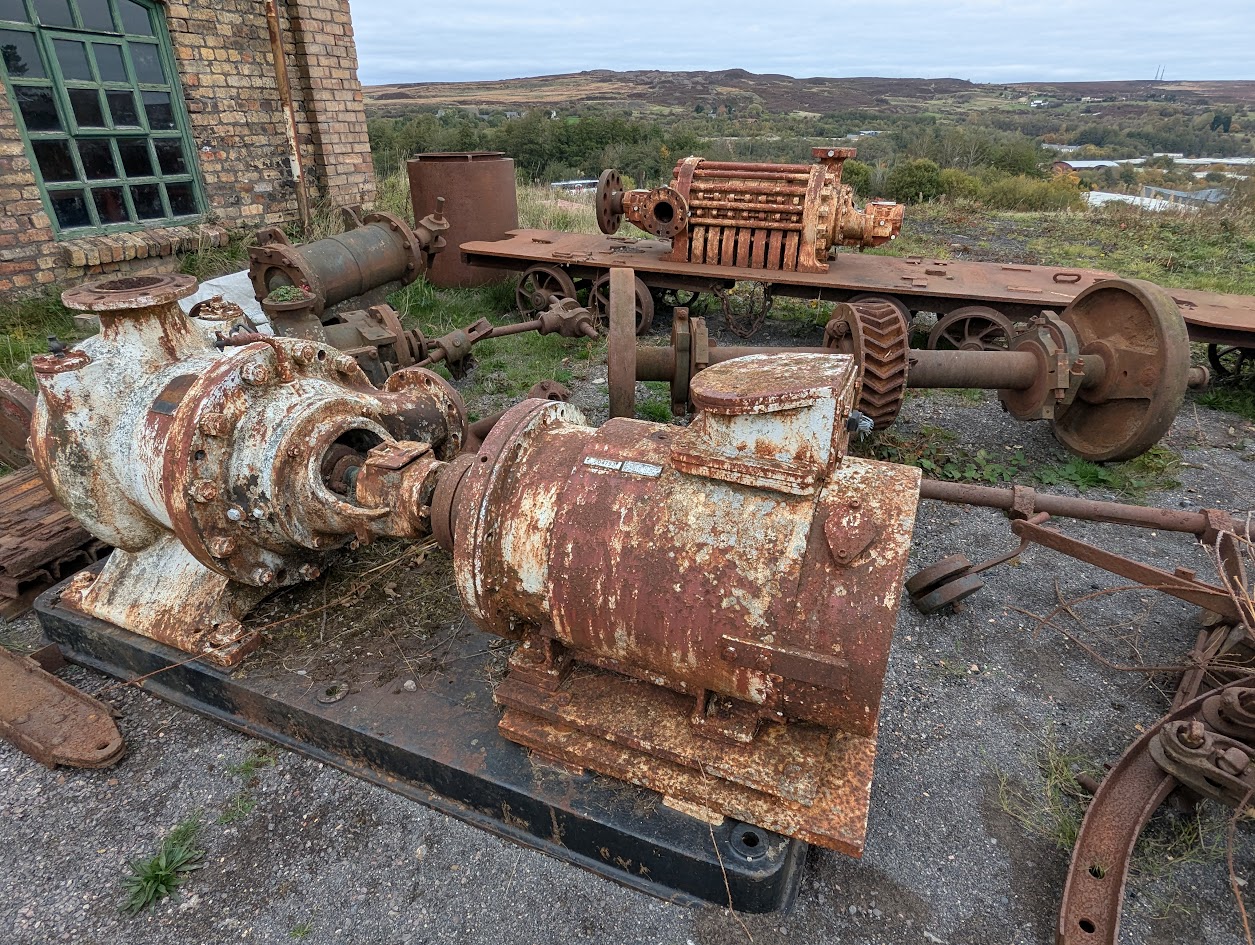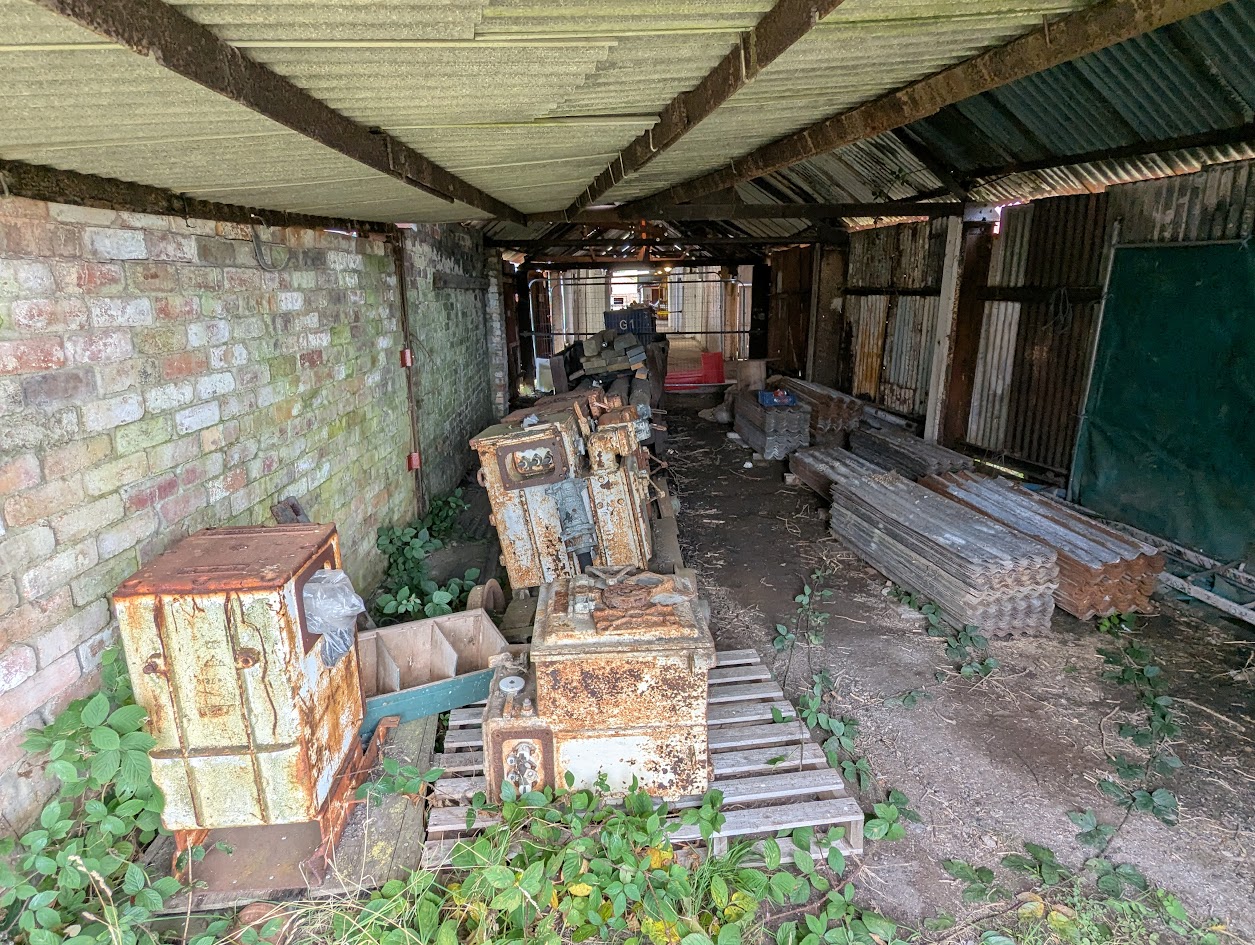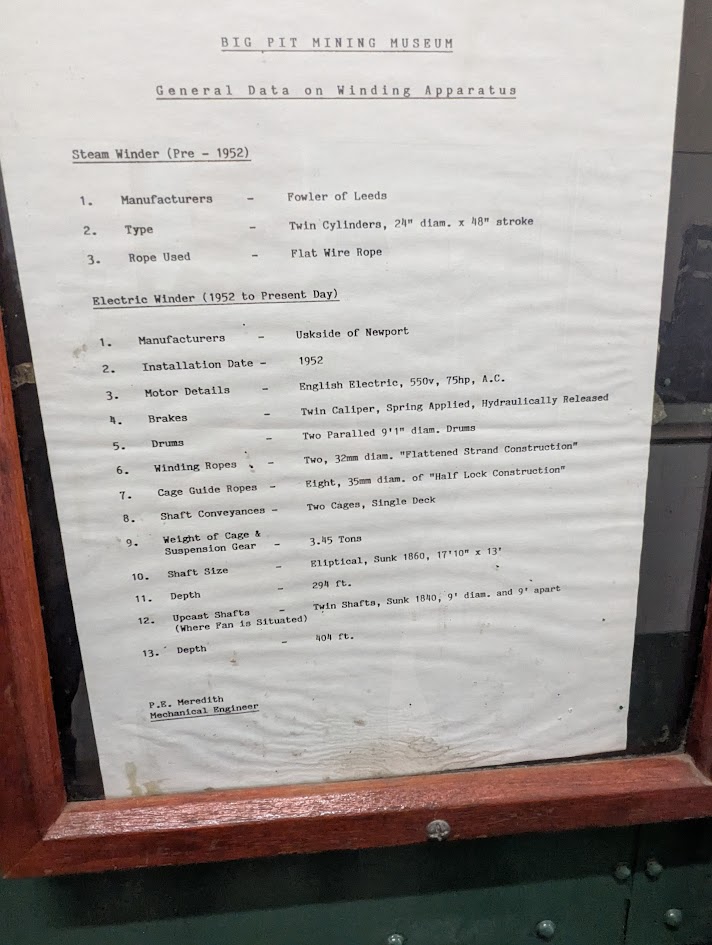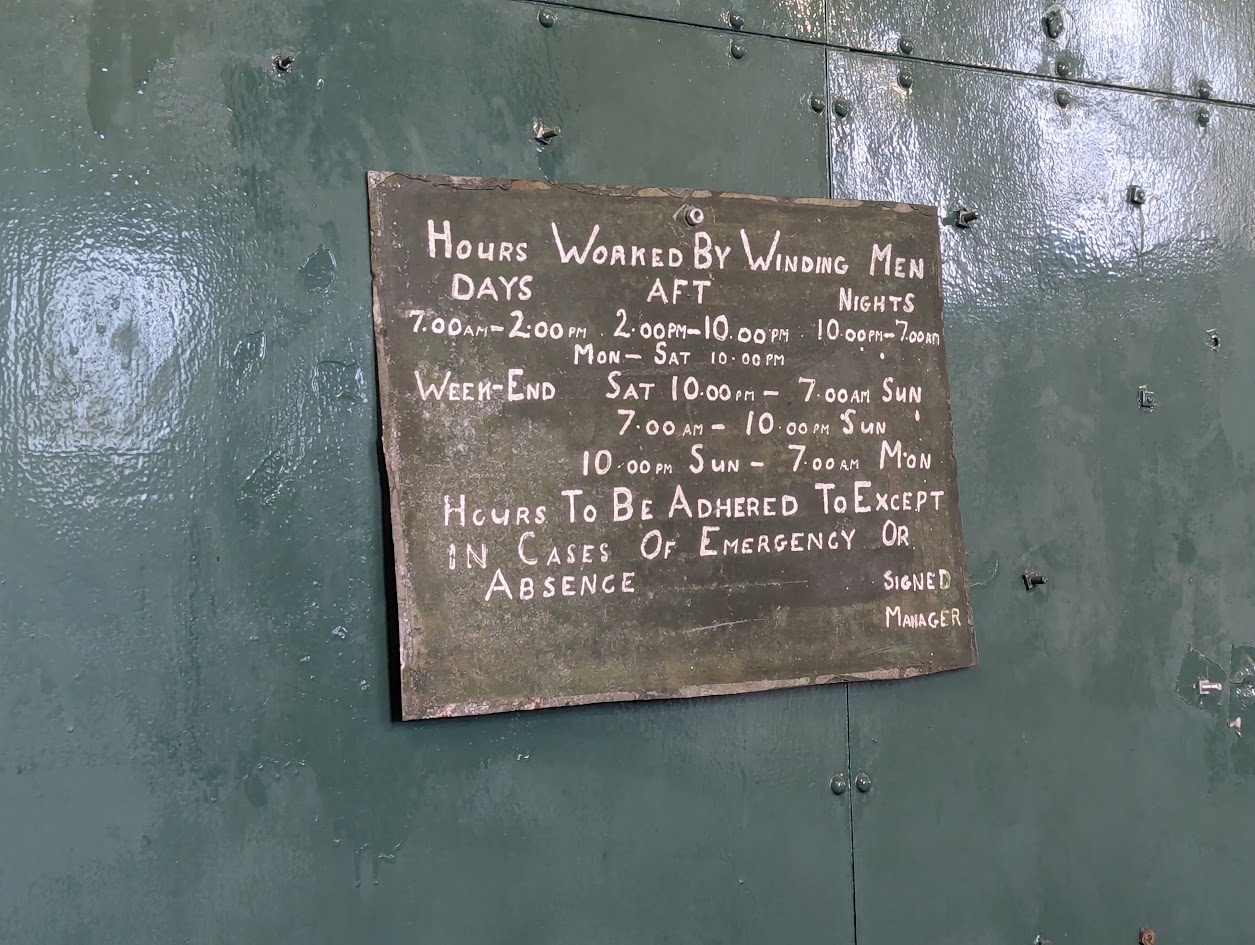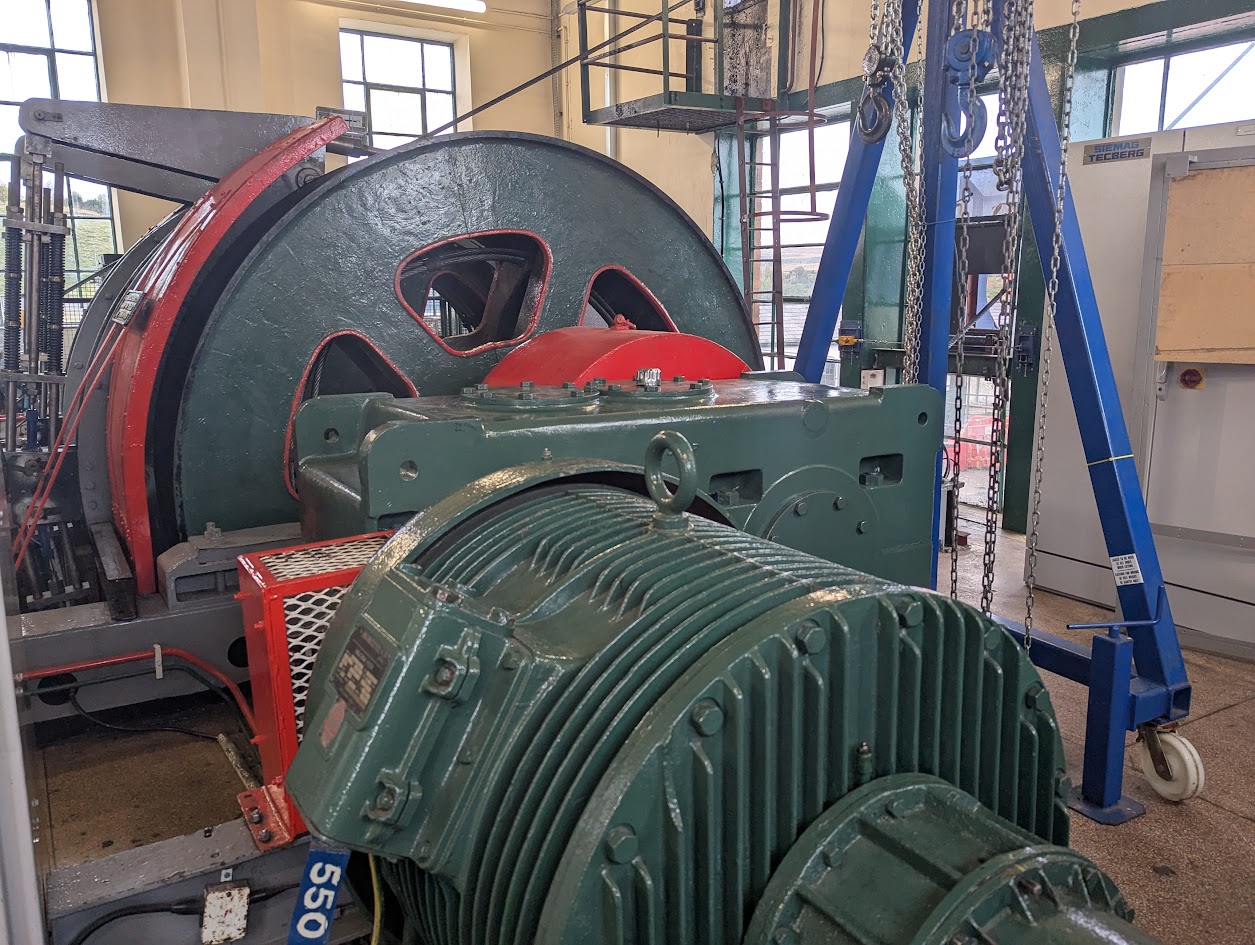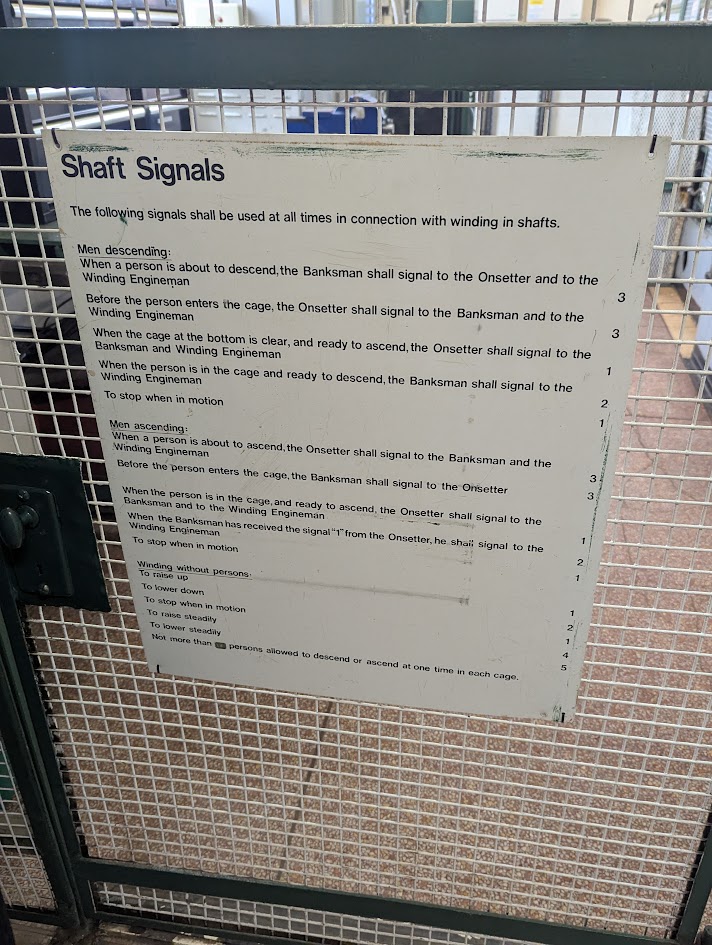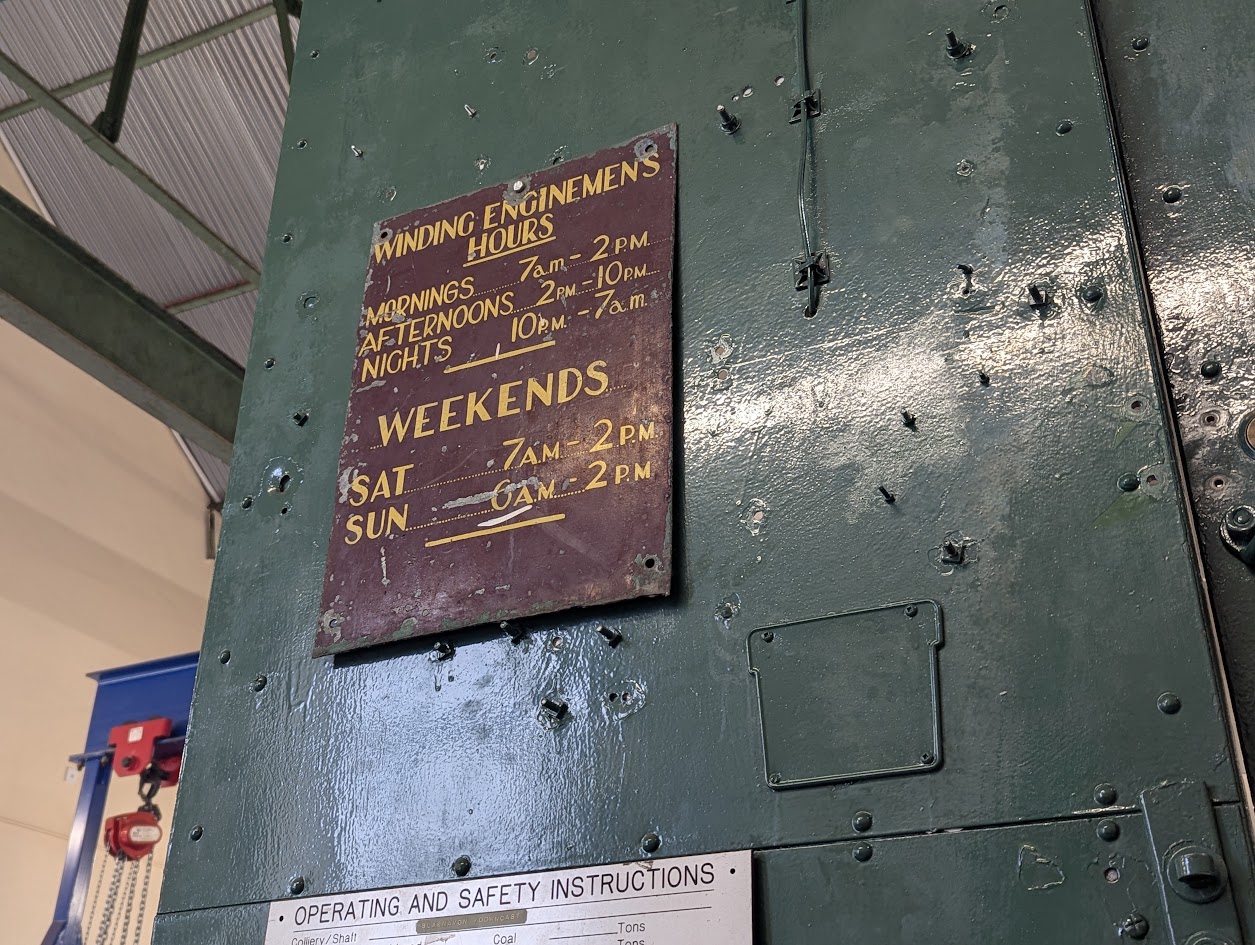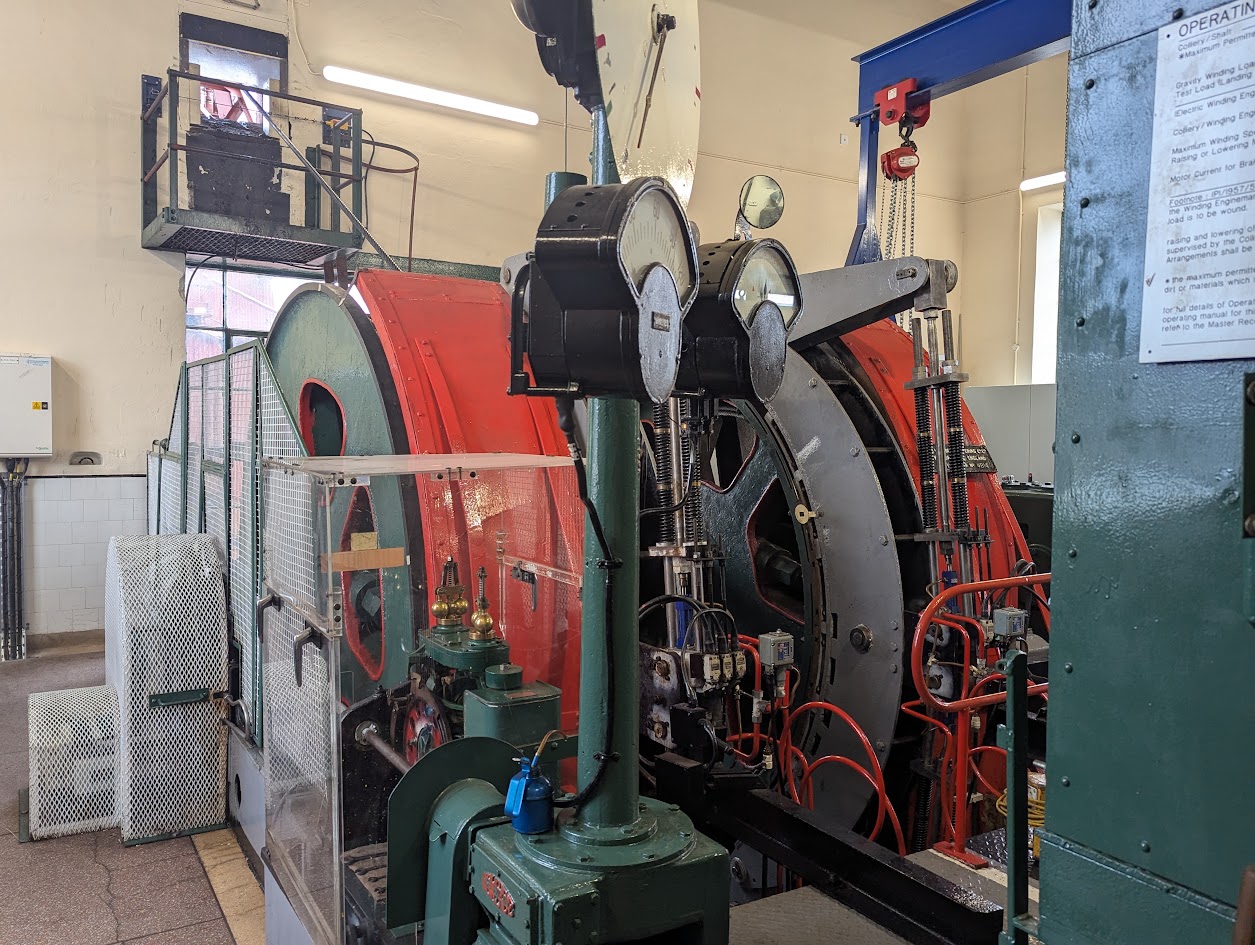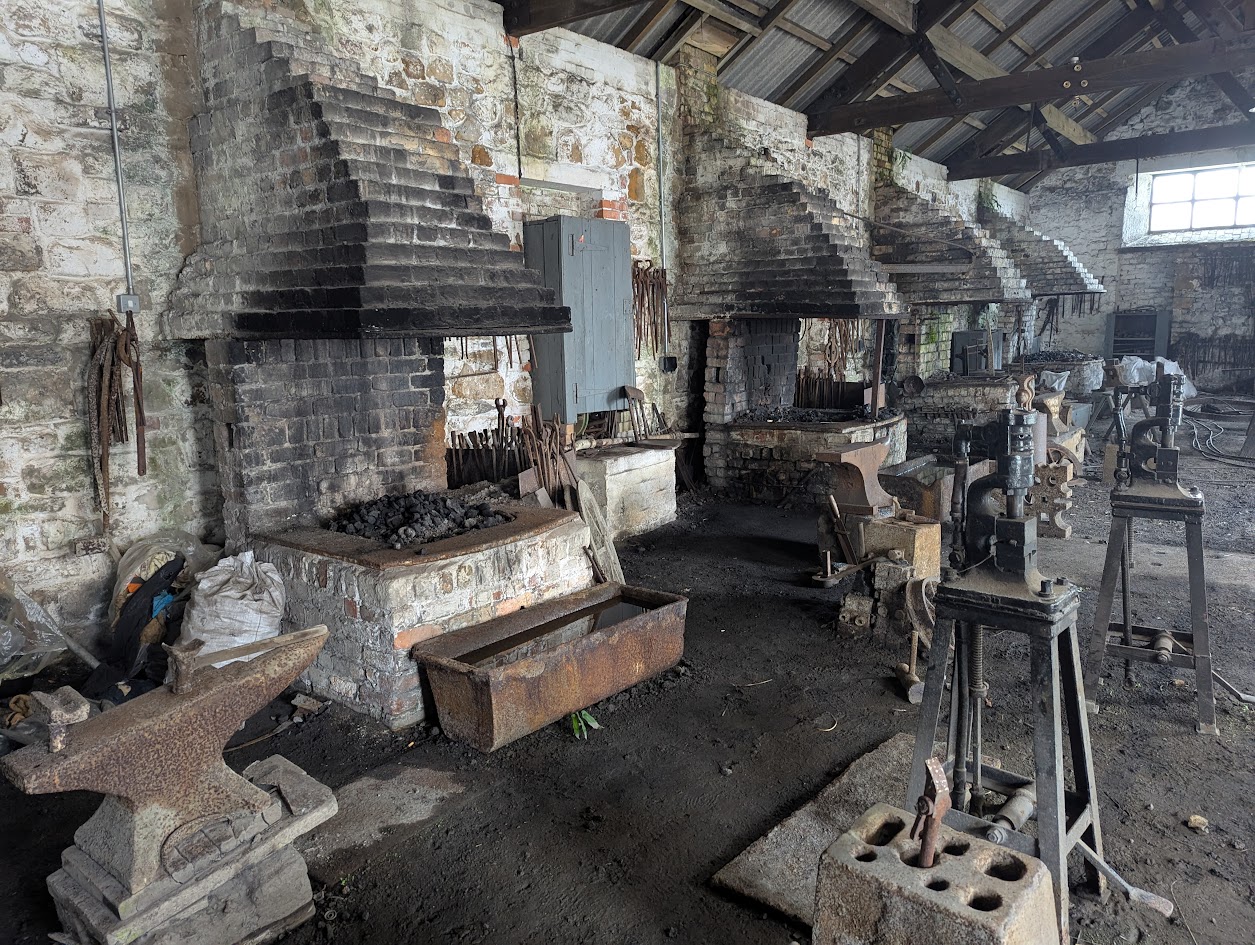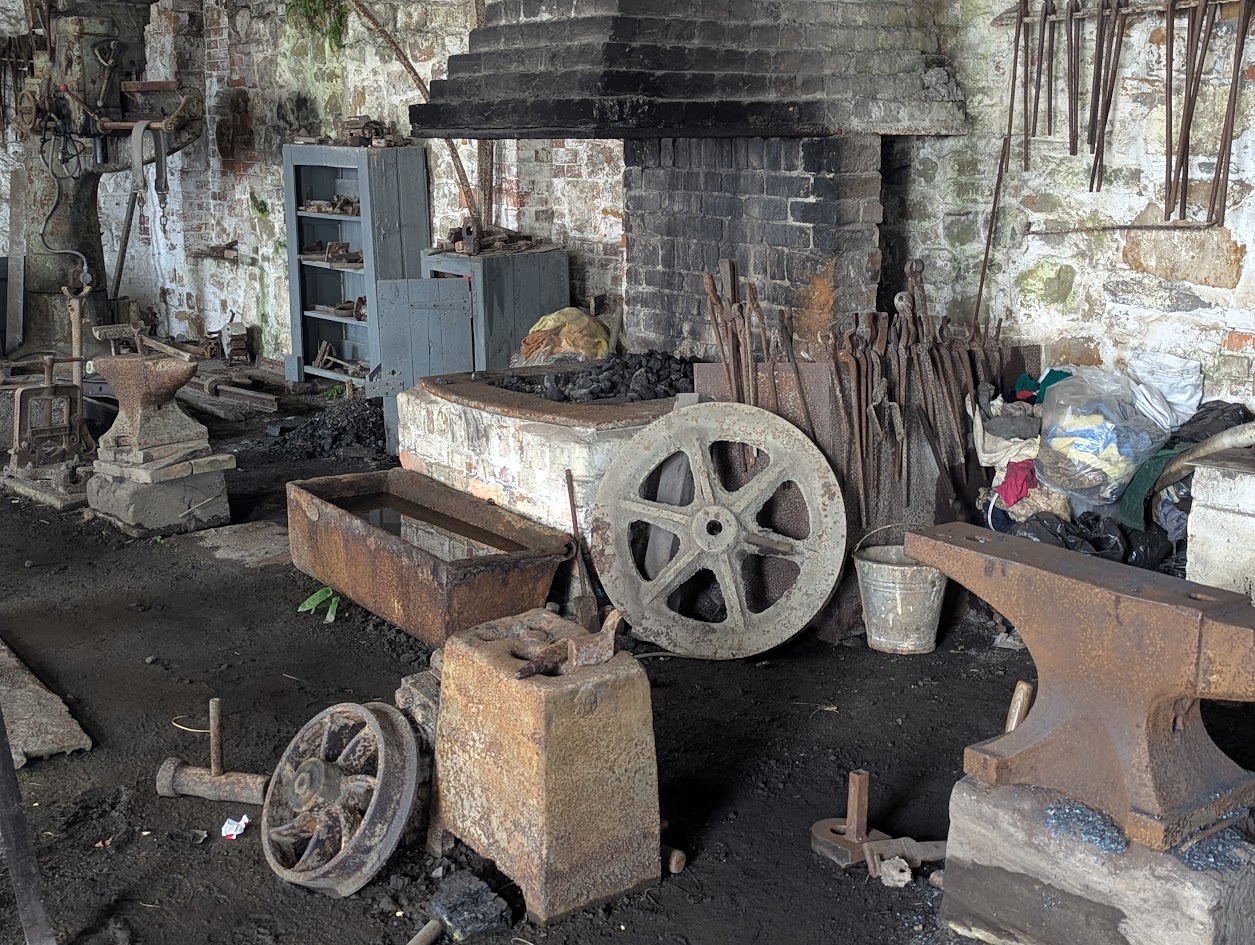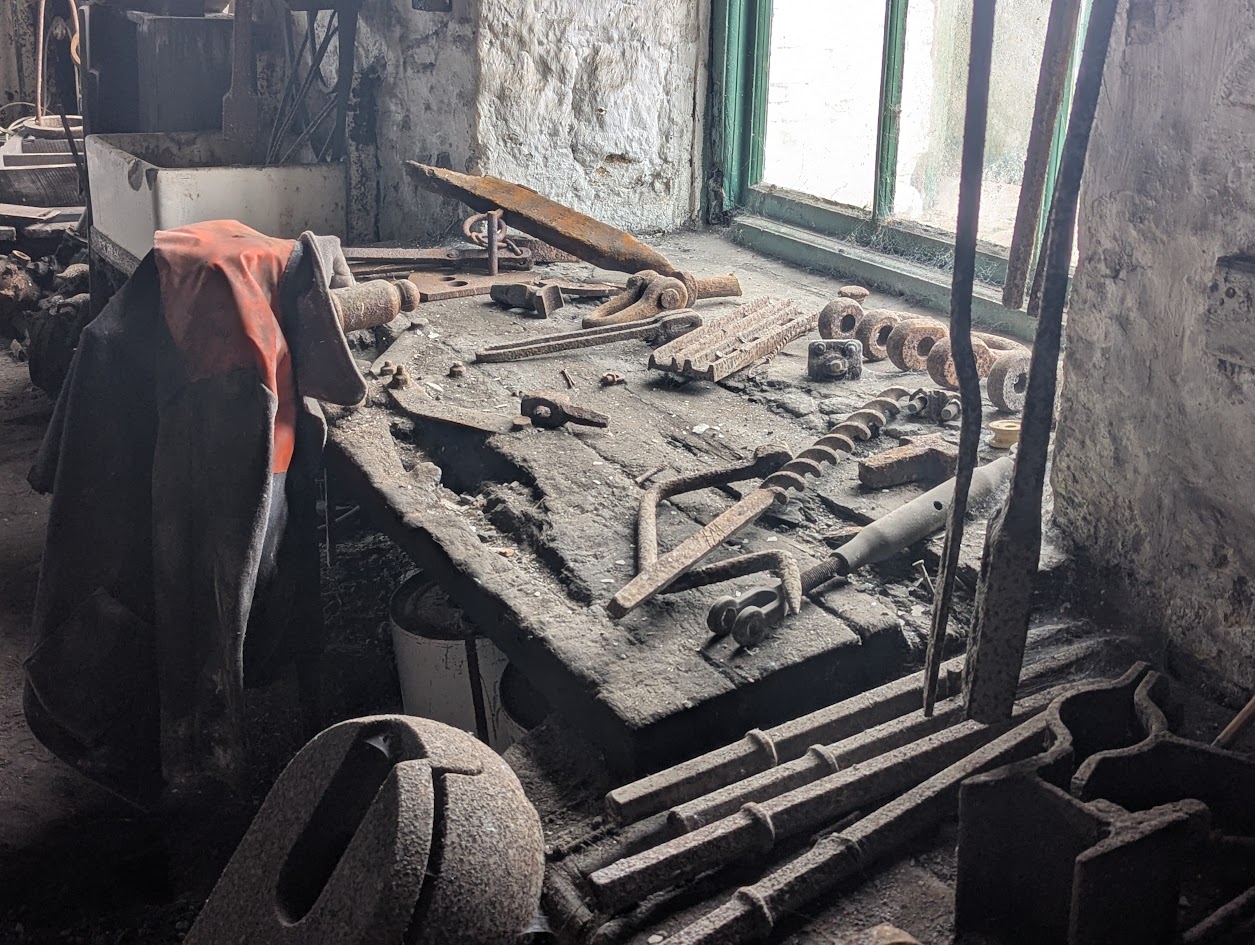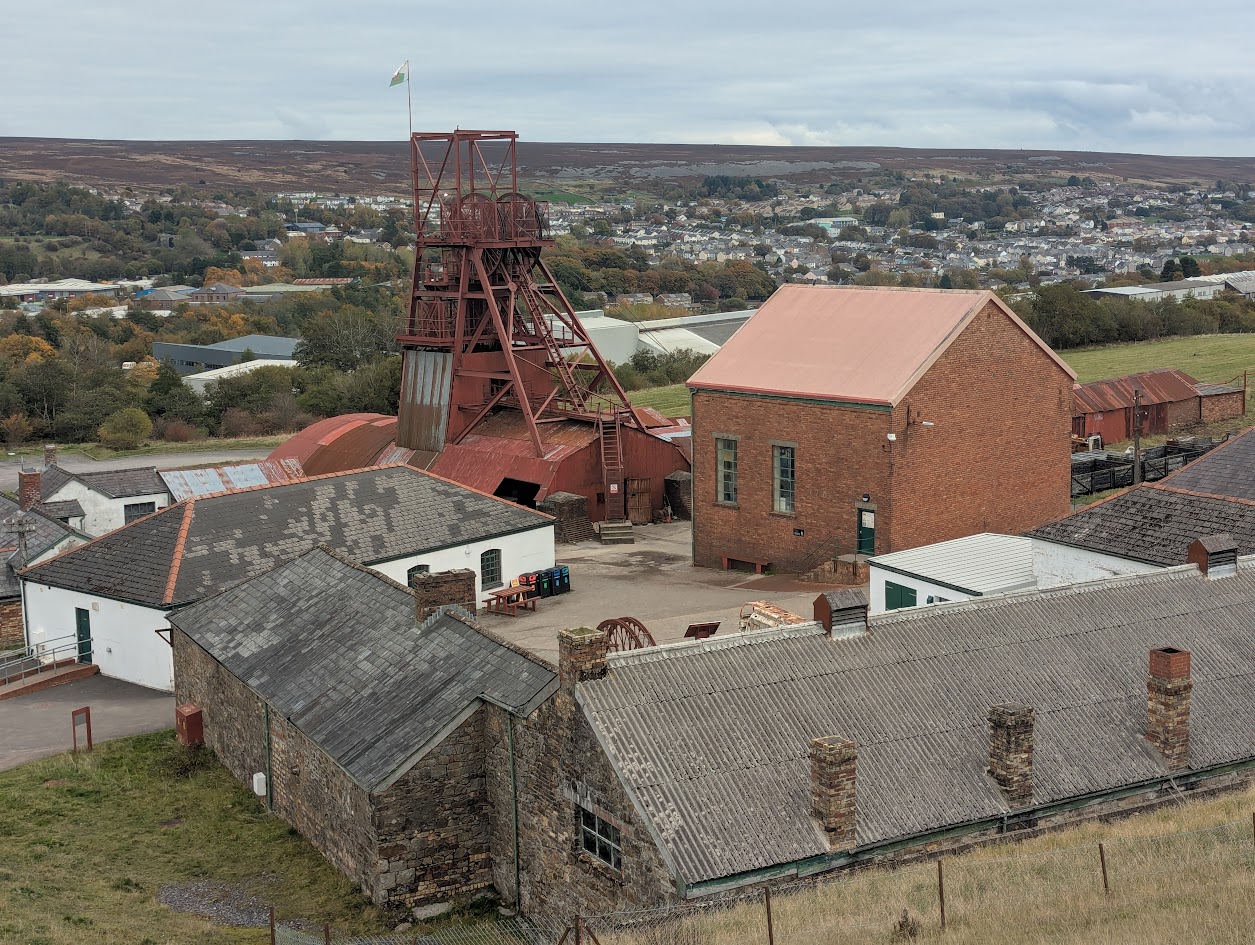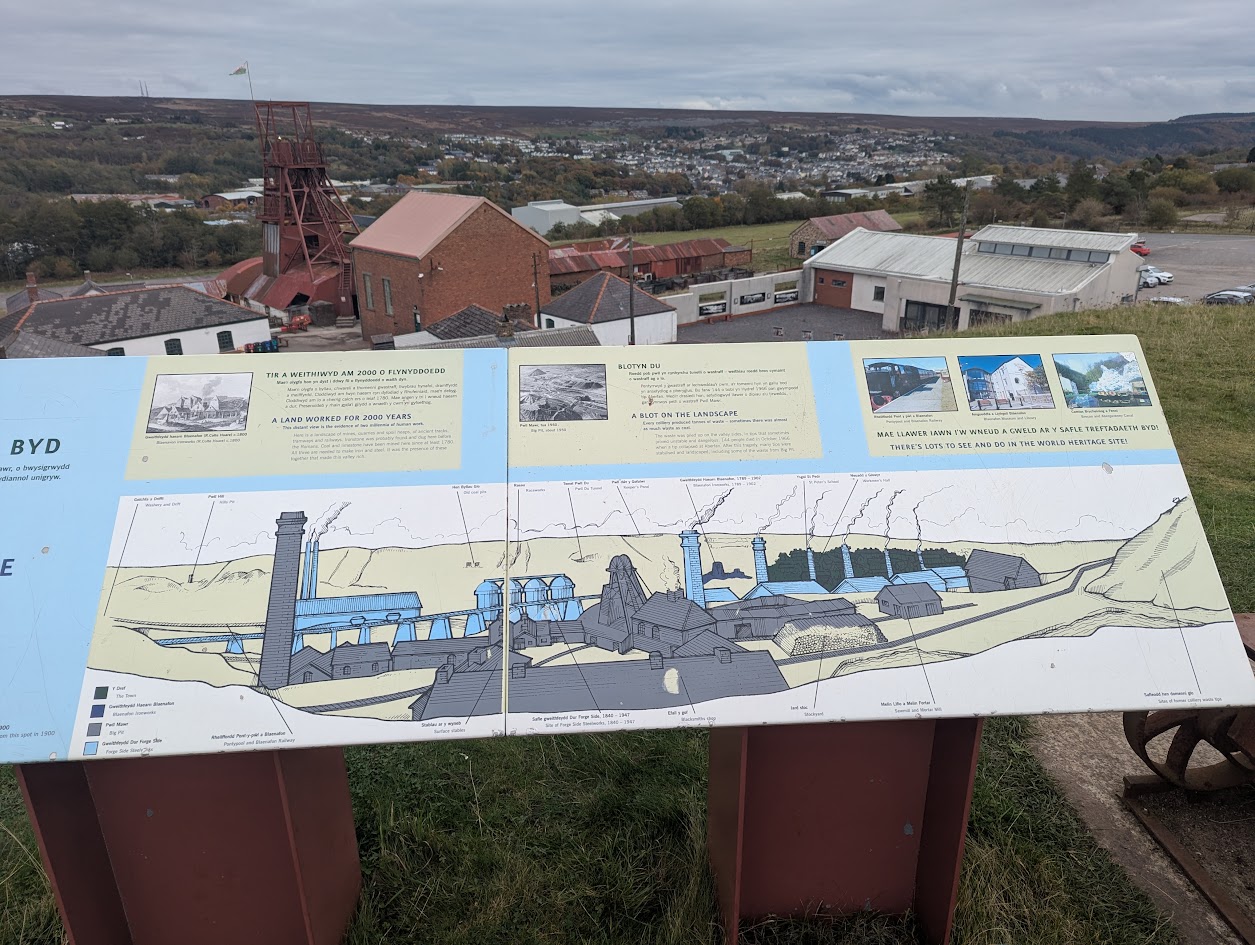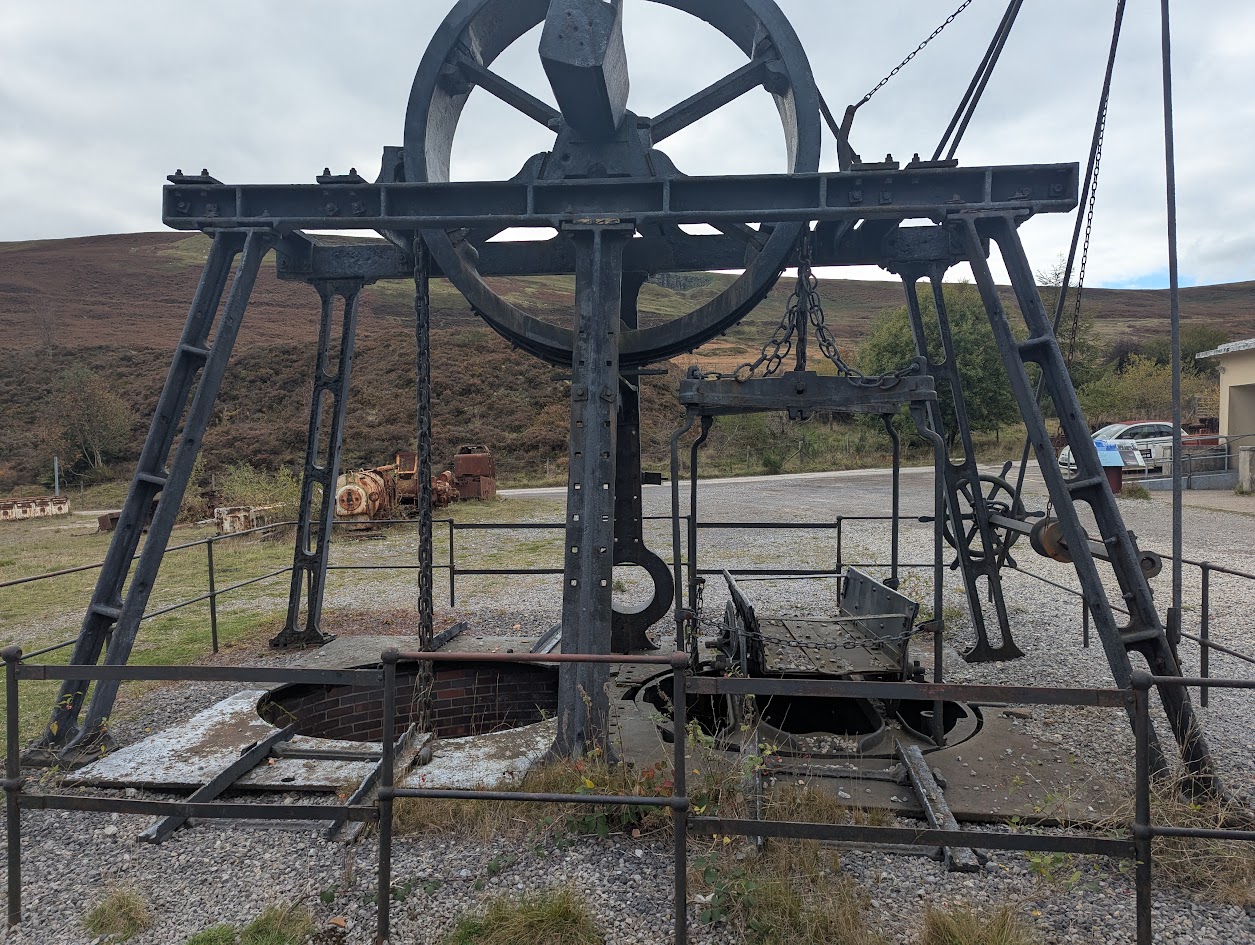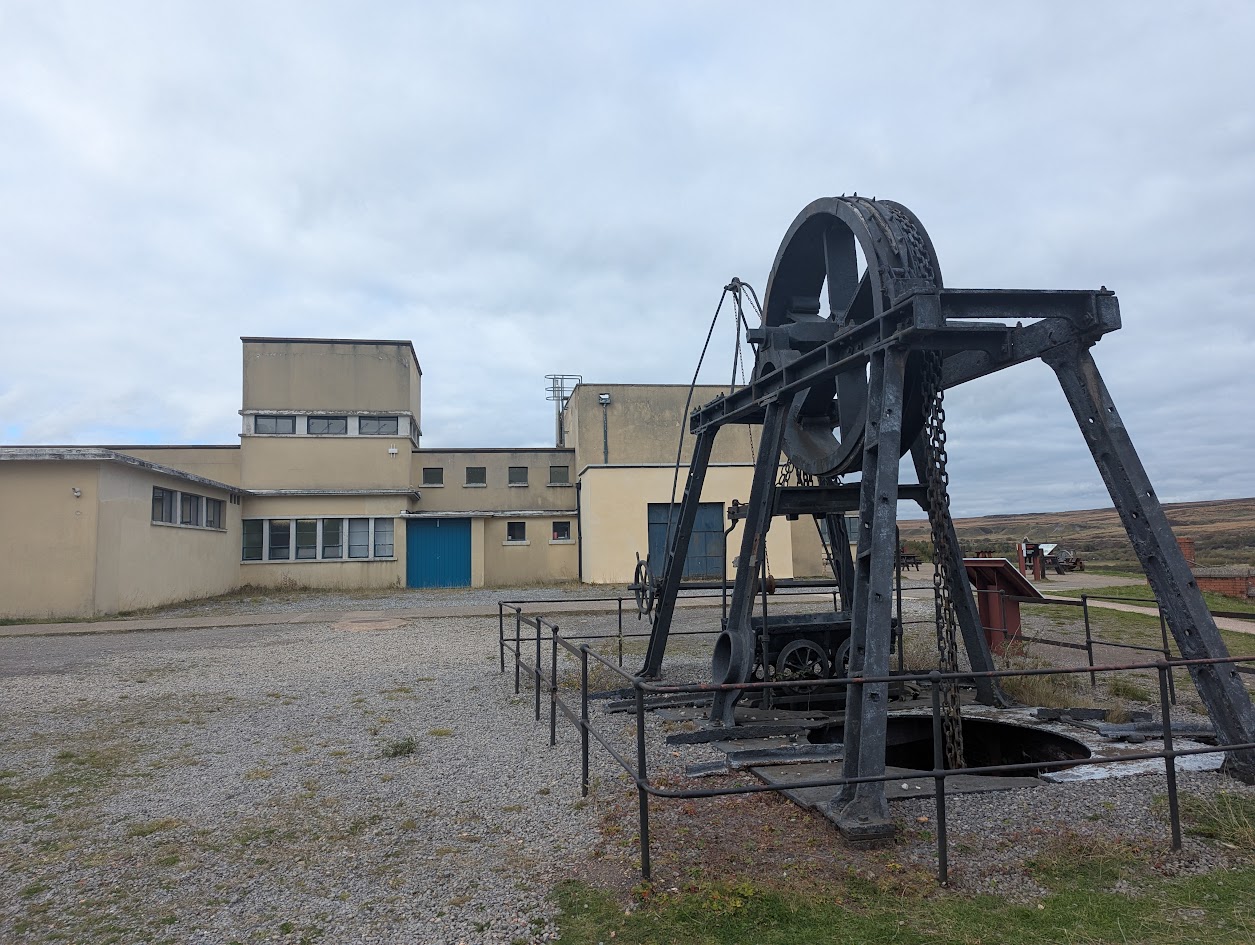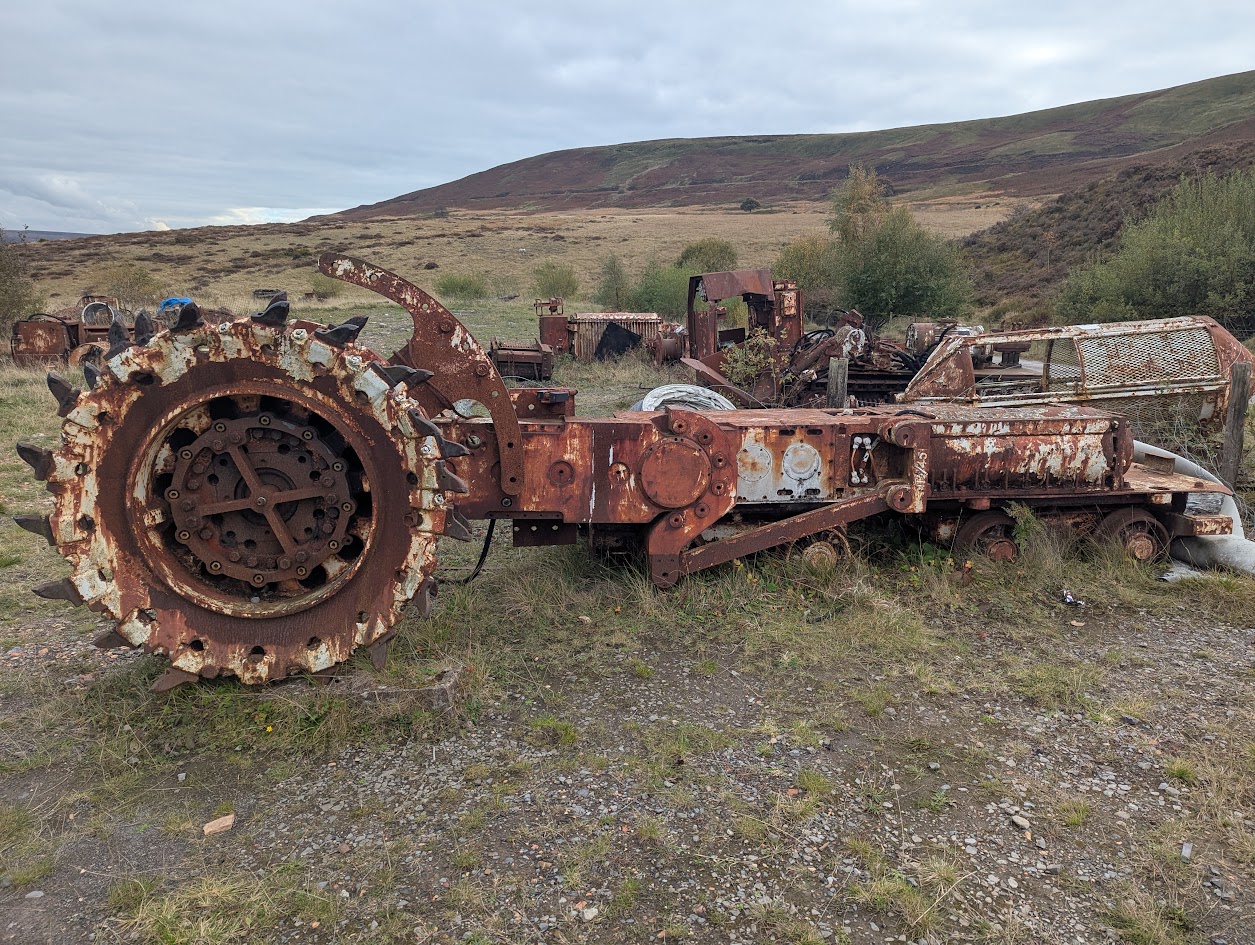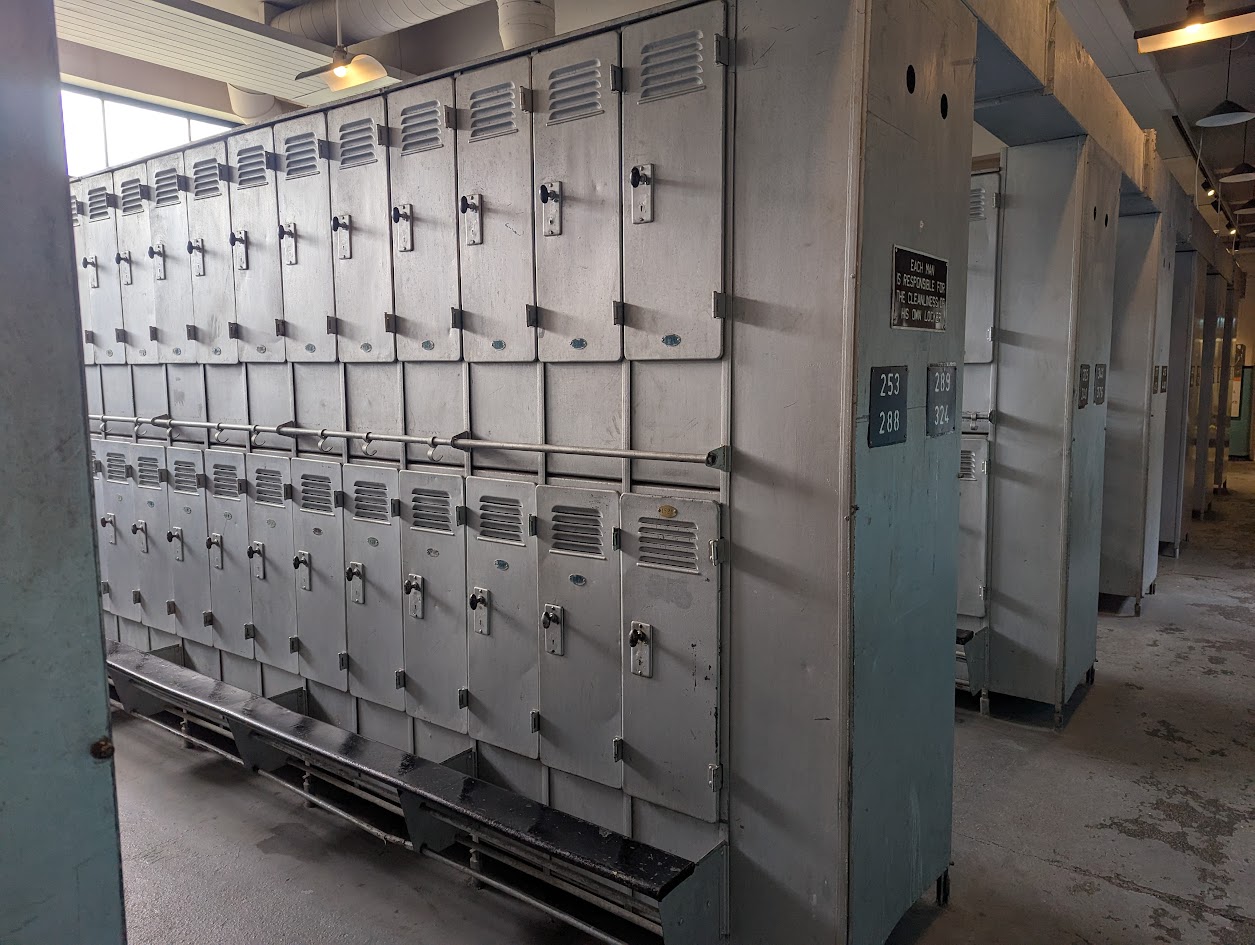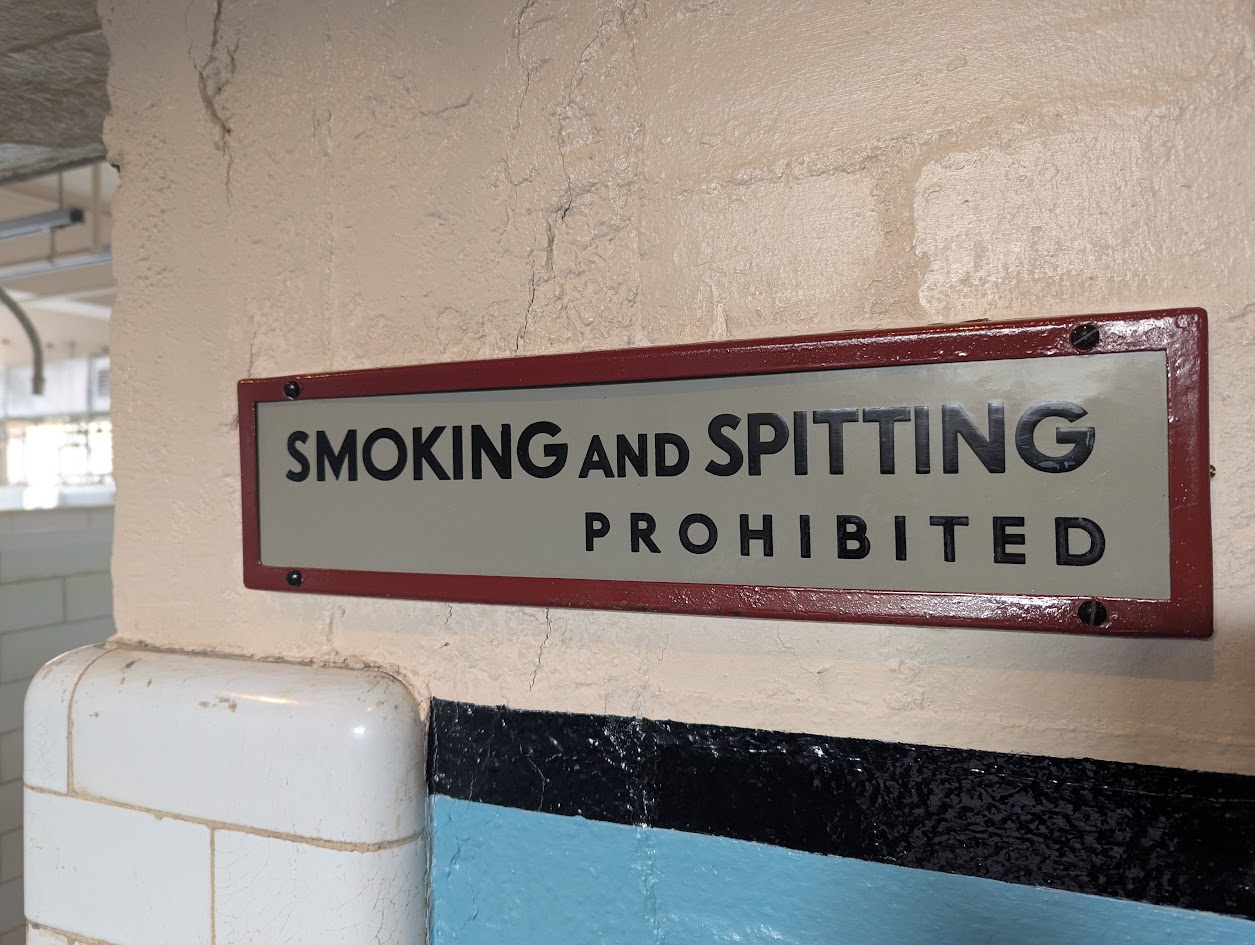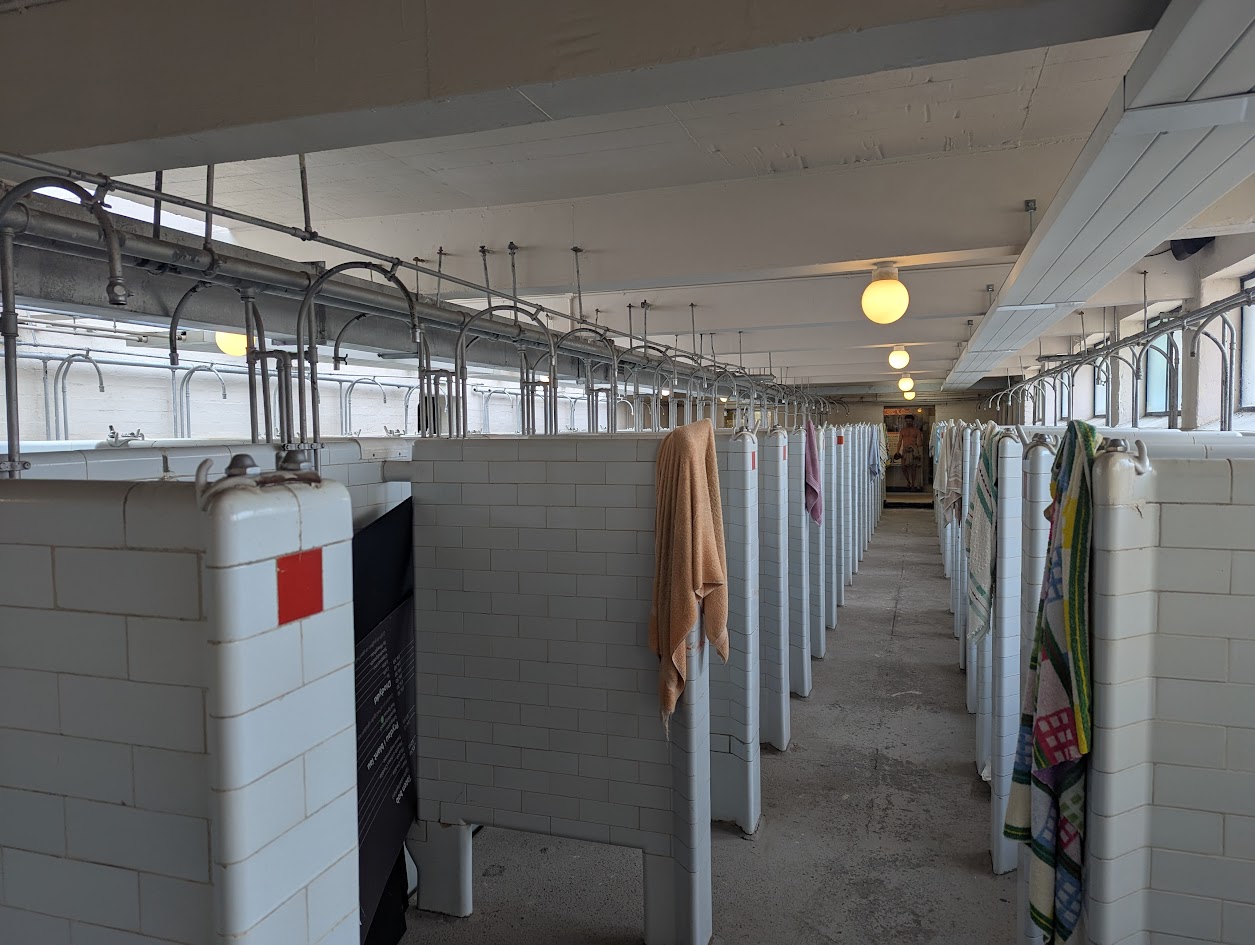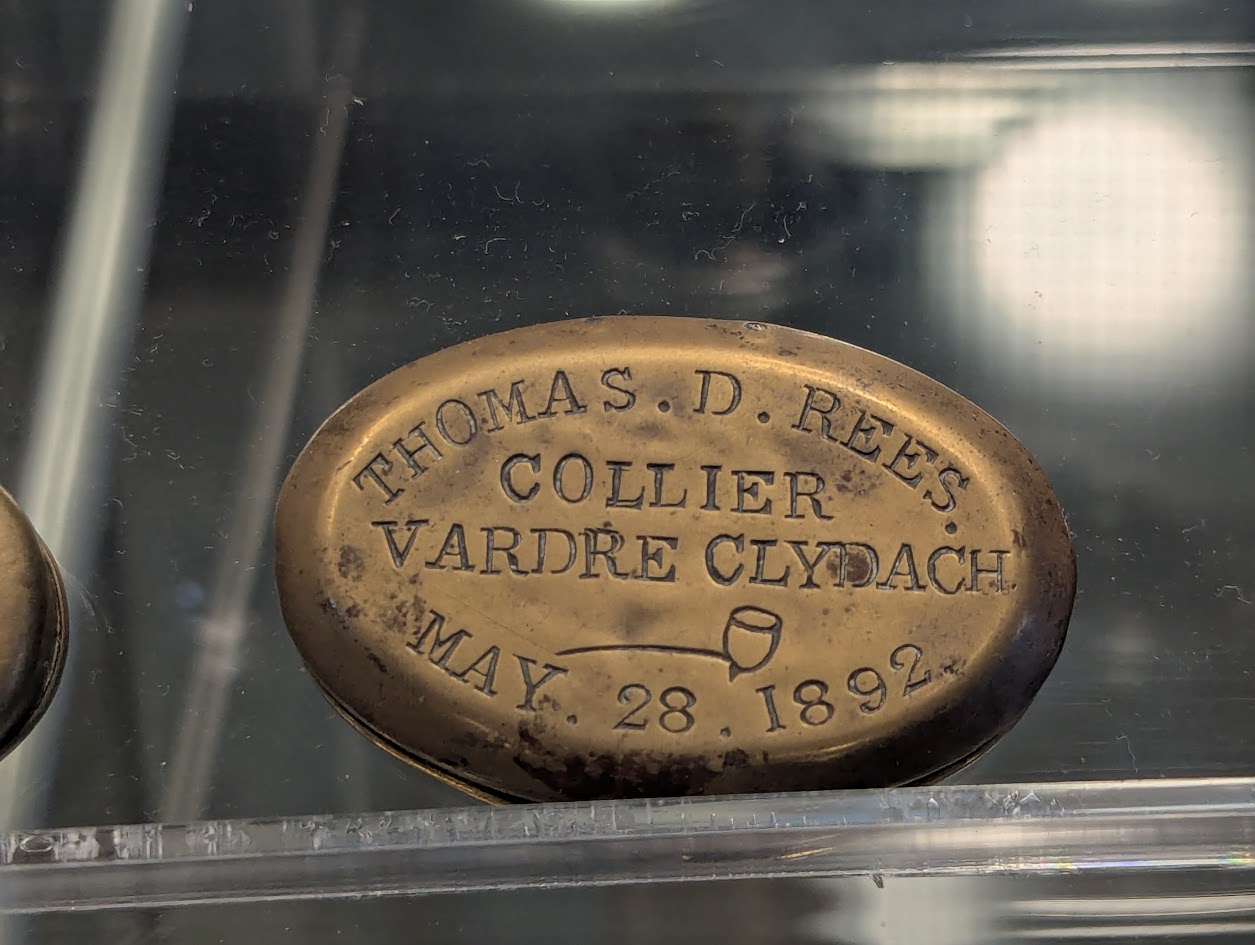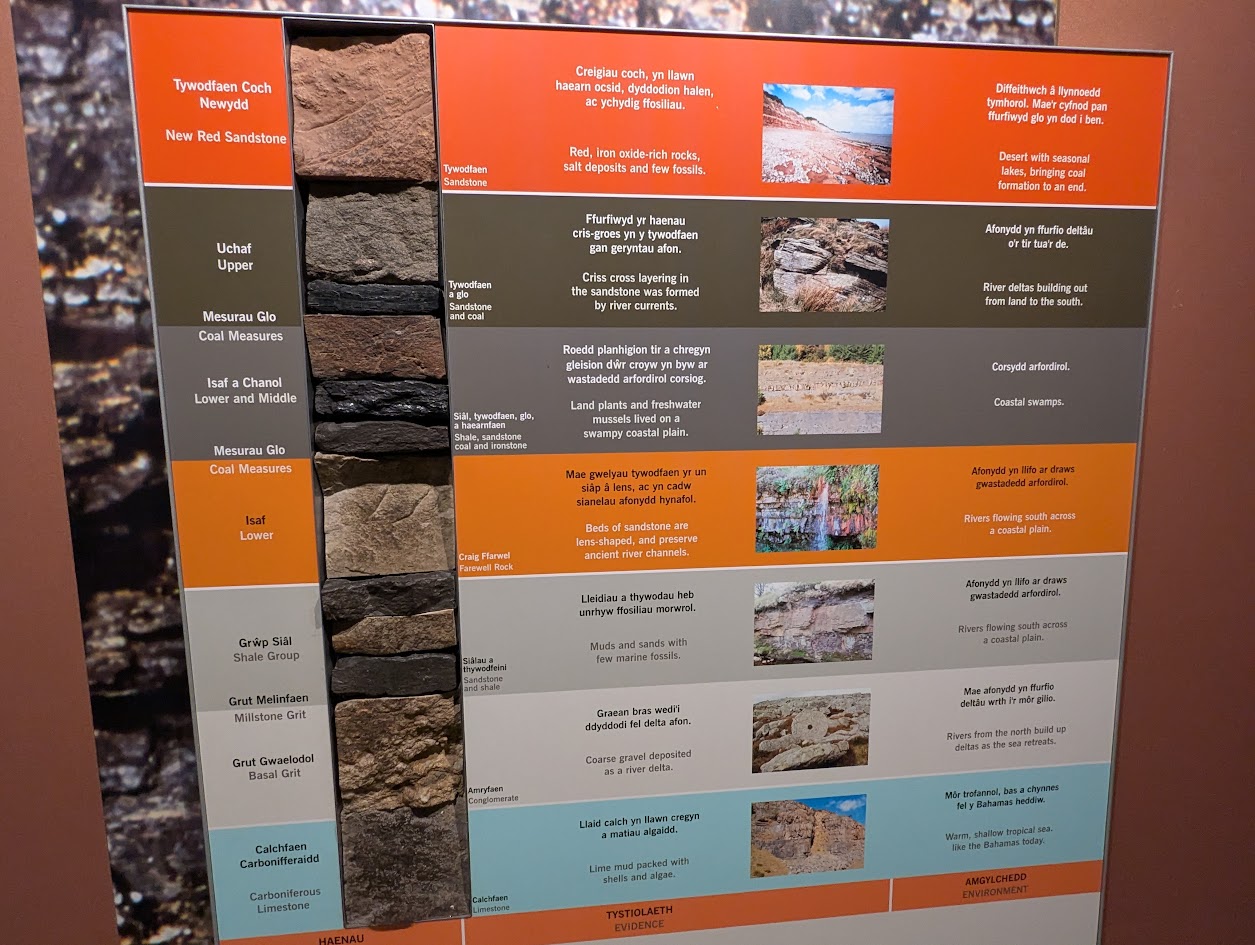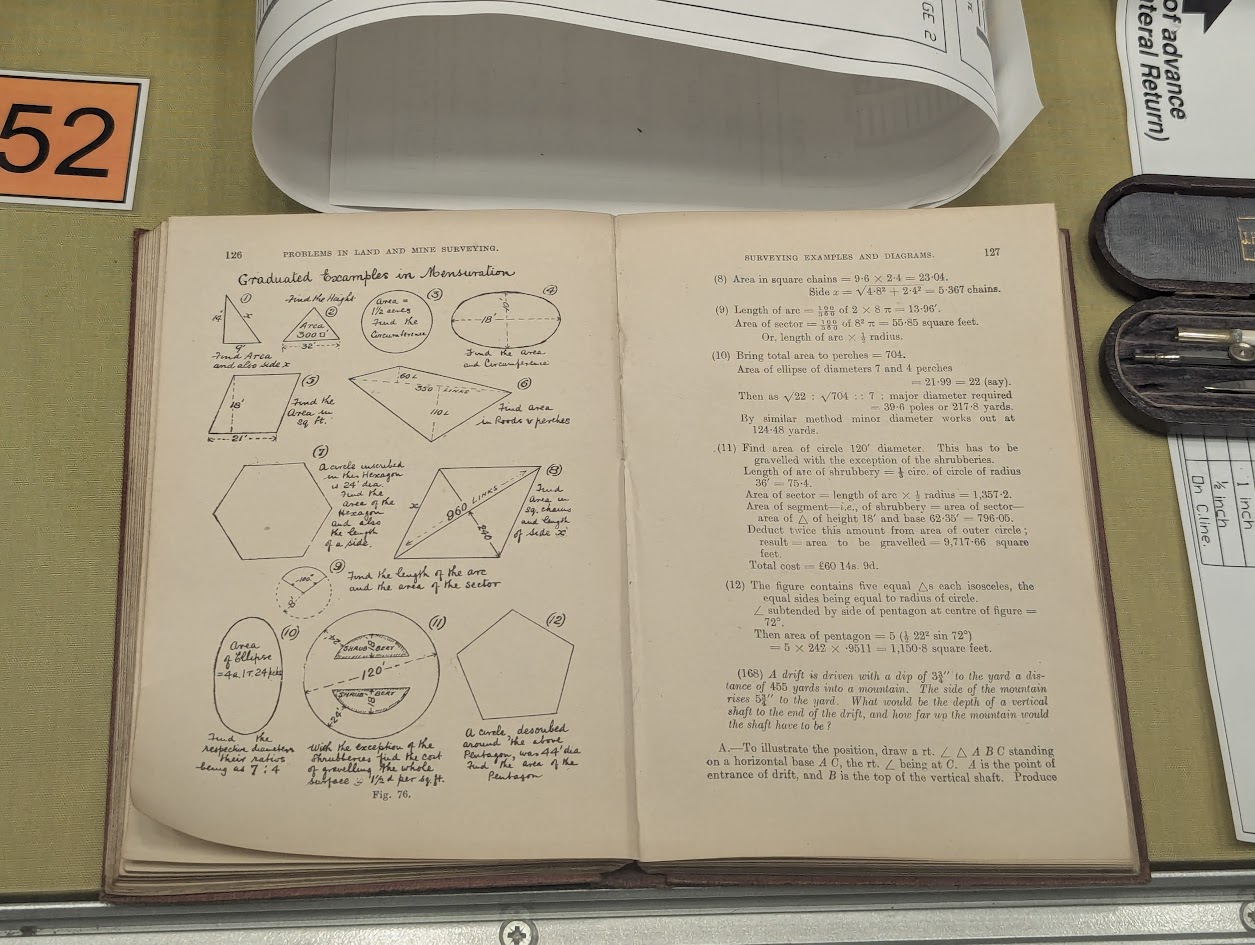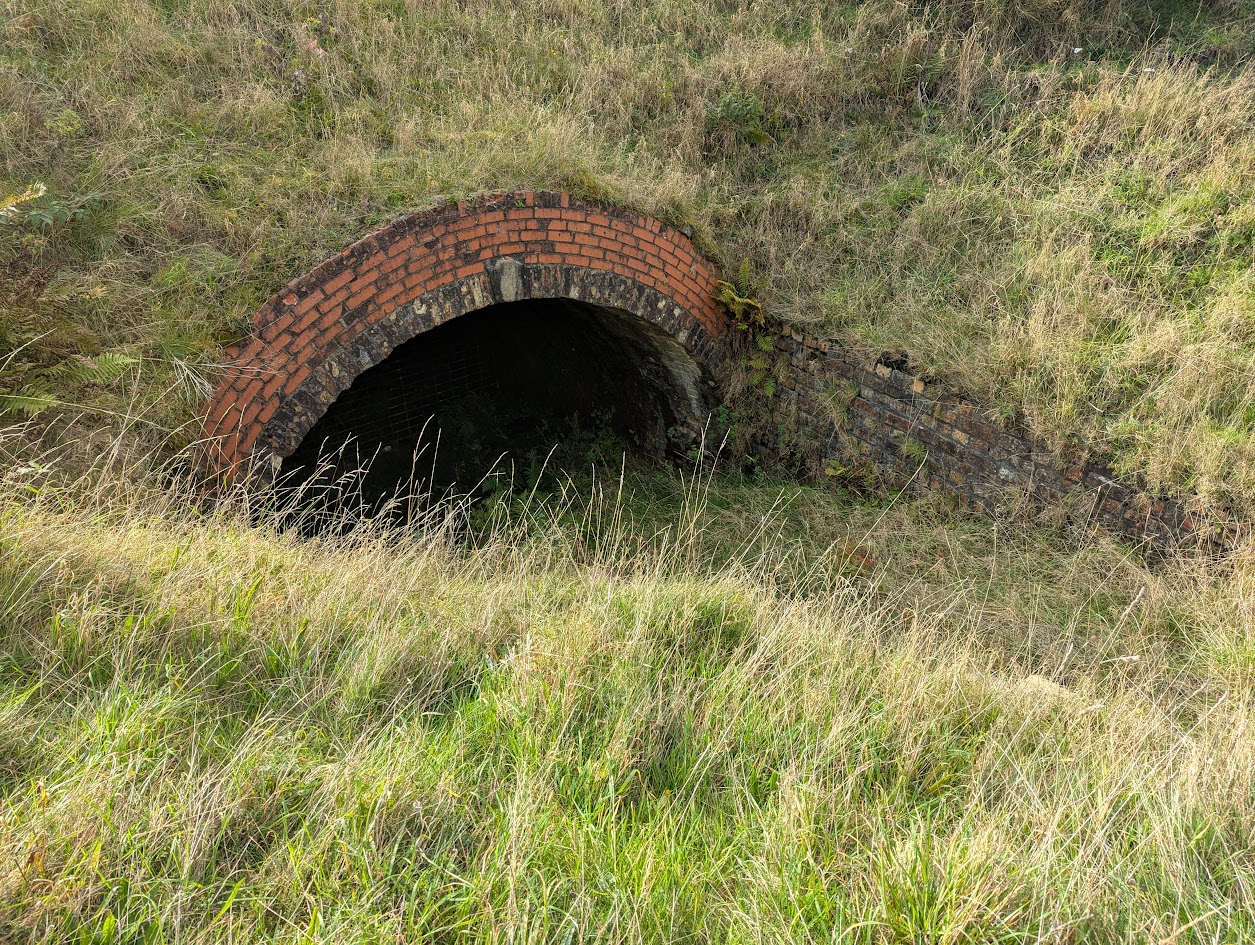Big pit was named after its large eliptical shaft, which is only 89 metres deep.
Now home to the national coal mining museum of Wales which is free to visit. Remains on site include:
- Headframe
- Pithead Baths
- Blacksmiths Shop
- Stable
- Fan + Coity pits shaft
- Dodds Slope adit
- 1880-23 Blaenavon Iron and Steel Co
- 1924-46 Blaenavon Co
- 1947-60 National Coal Board
Big pit closed in 1960 and was merged with Blaenavon New mine which itself closed in 1980.
It worked just about every seam going in the area:
- Three quarter
- Old
- Horn
- Bottom Vein
- Elled
- Yard
- Garw
- Meadow
Open most days of the year, free entry and underground tours.
External Links
Publications (13)
- (1920); BGS - Mineral Resources of GB (c1920s) Vol XIII - Iron Ores: Pre Carboniferous bedded ores of England and Wales; 144 pages
- (1981); WMS Newsletter Issue 04 Dec; 3 pages
- (1999); WMS Newsletter Issue 41 Nov; 16 pages
- (2000); WMS Newsletter Issue 42 Apr; 8 pages
- (2001); WMS Newsletter Issue 44 Apr; 10 pages
- Brown, Ivor J. (1994); PDMHS (Peak District Mines Historical Society) 12-4 Win - Preservation of Colliery Engines and Headframes; 2 pages (15-16)
- Cooke, R.A.; Lightmoor Press (2018); Gazeteer of Coal mines in South Wales and Monmouthshire
- Faull, Margaret L. (2009); PDMHS (Peak District Mines Historical Society) 17-4 Win - National Coal Mining Museums; 9 pages (100-108)
- NMRS; British Mining 88 - Memoirs 2009; pp.116-117.
- NMRS; Newsletter May/1992; pp.12.
- NMRS; Newsletter Nov/1988; pp.3
- Thorp, Jim; NMRS (2009); British Mining 87 - Coal Mining in Morley; ISBN 0901450 6 50; pp.5,67.
- Willies, Lynn (2001); PDMHS (Peak District Mines Historical Society) 14-5 Sum - Review - Worth a Thousand Words - Mining Picture Books; 4 pages (33-36)
